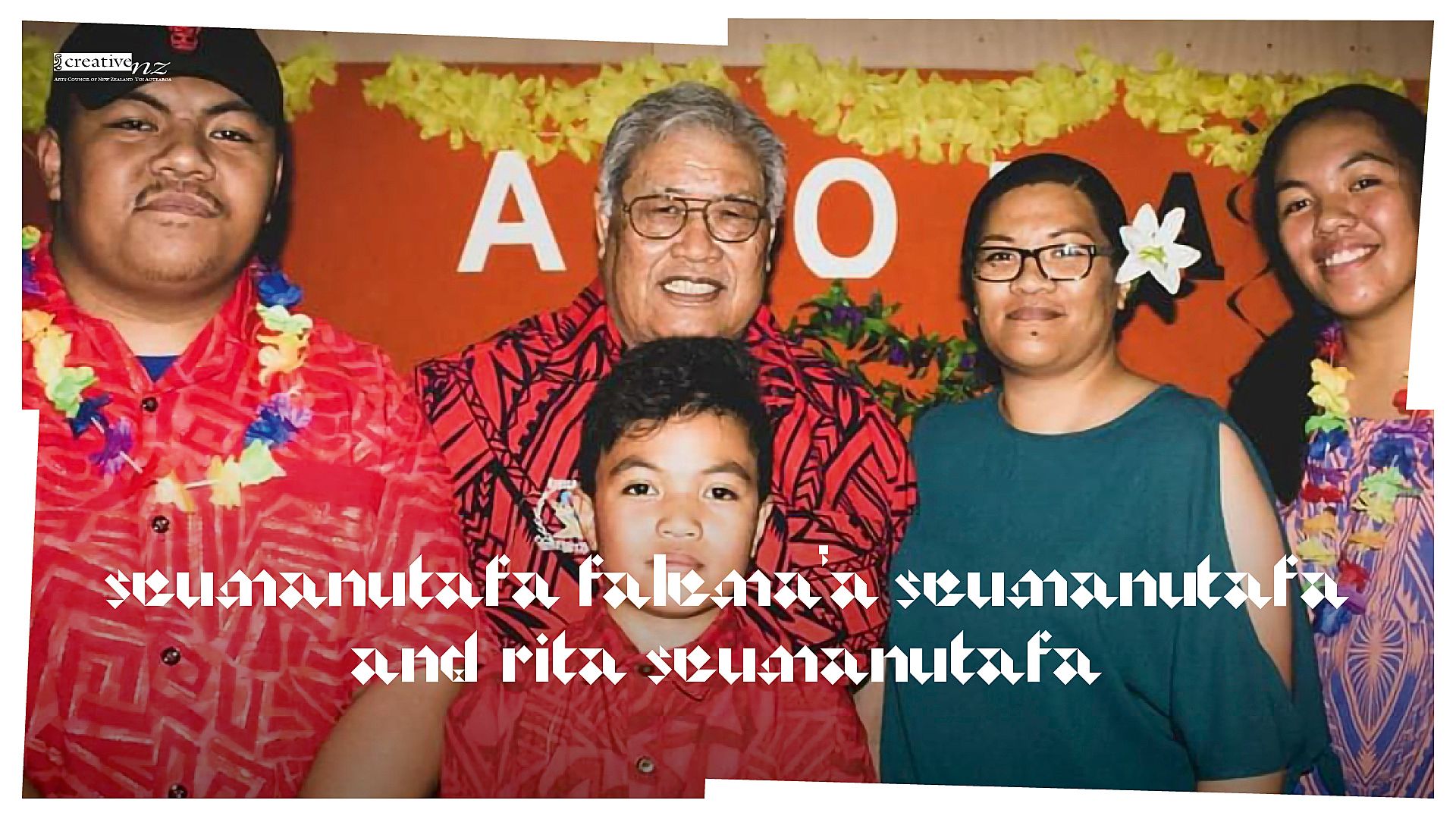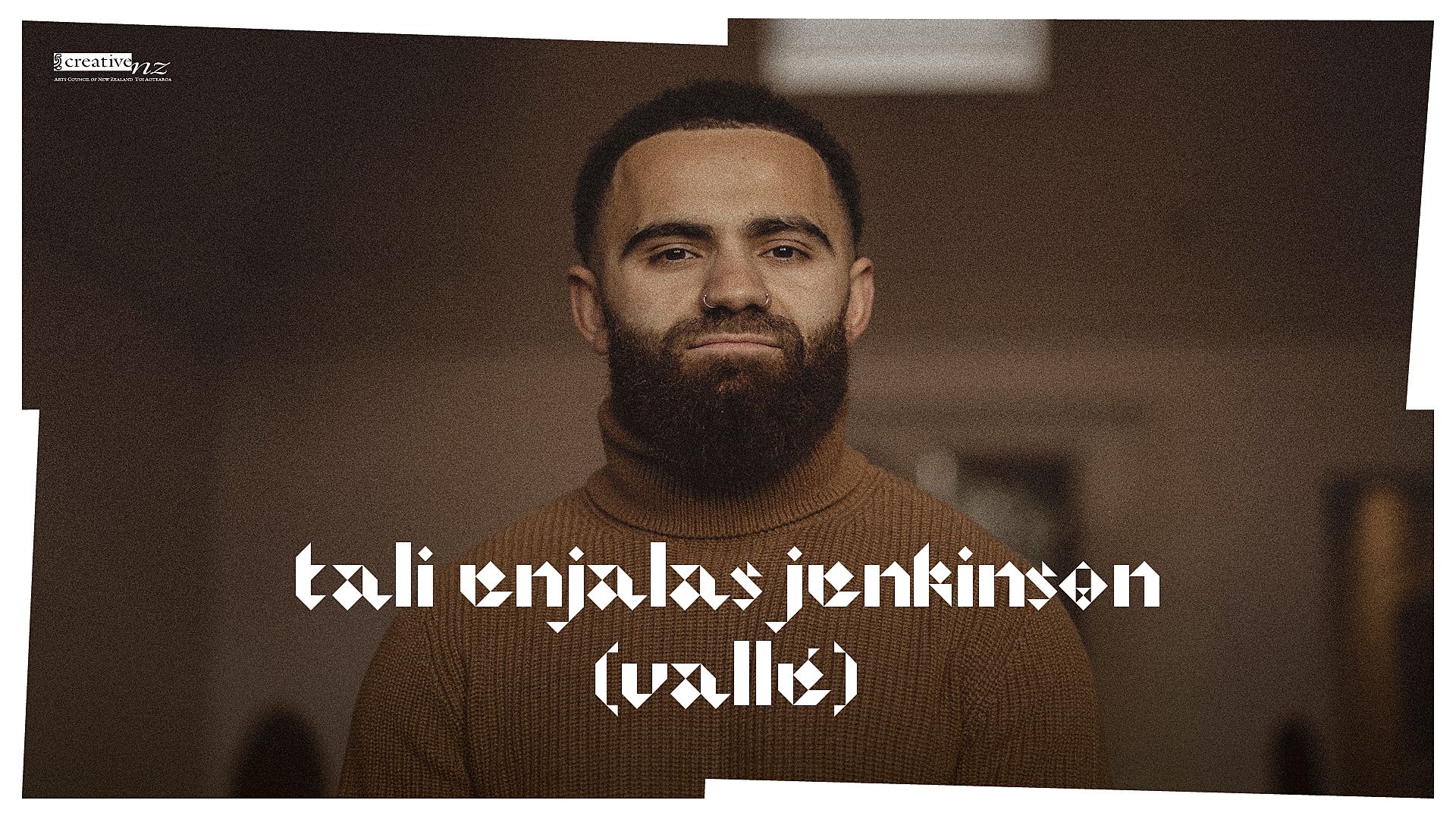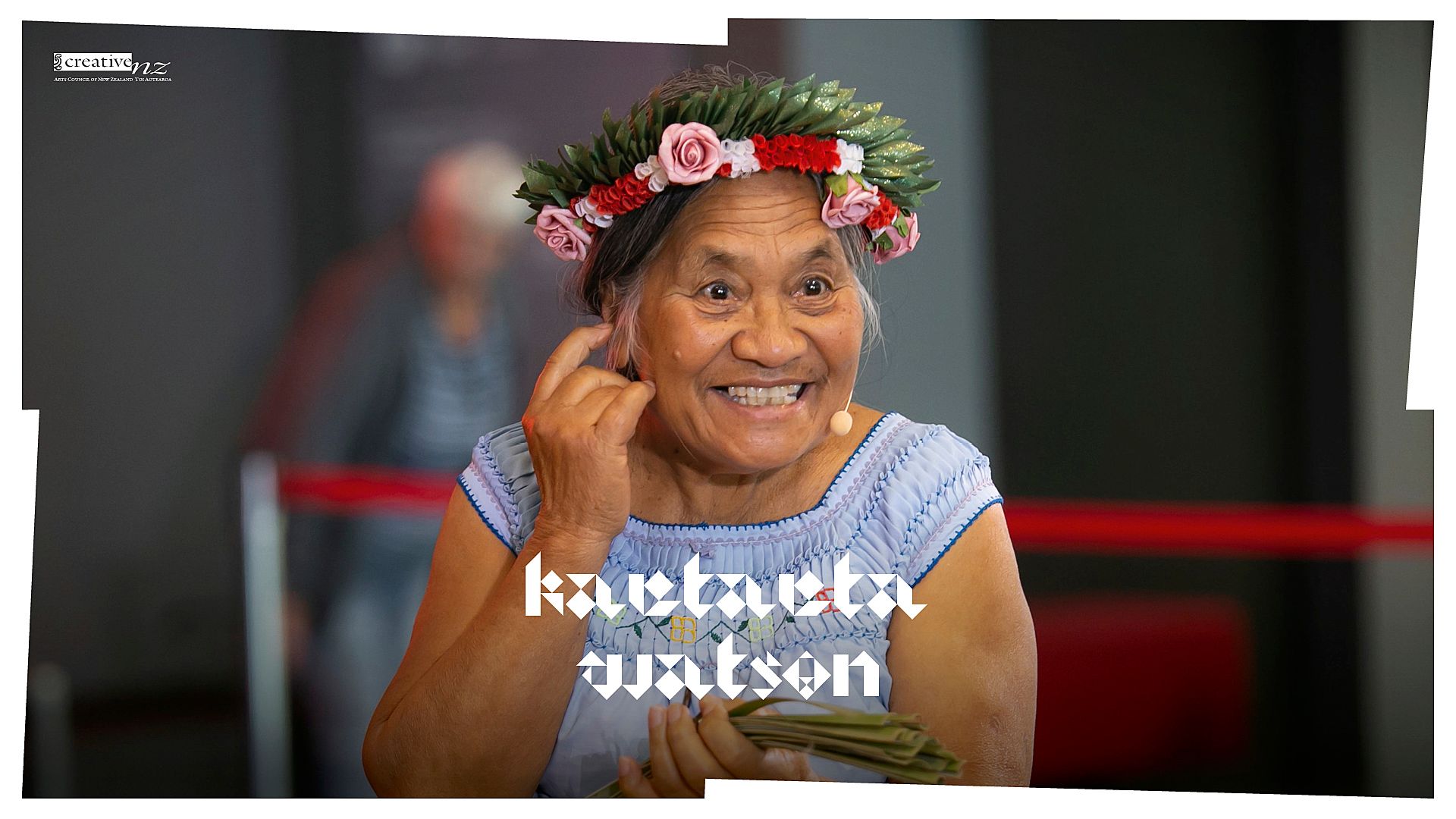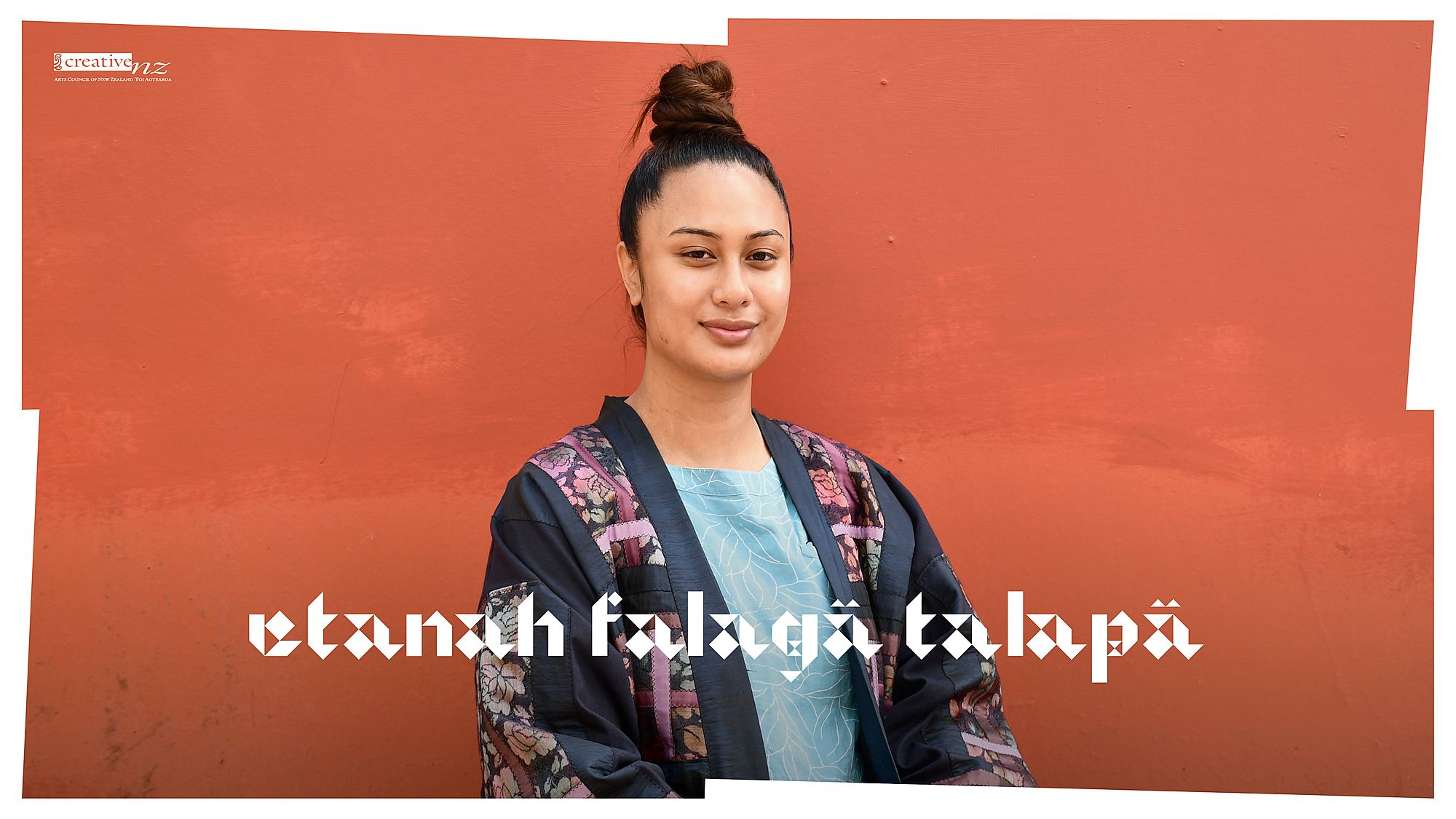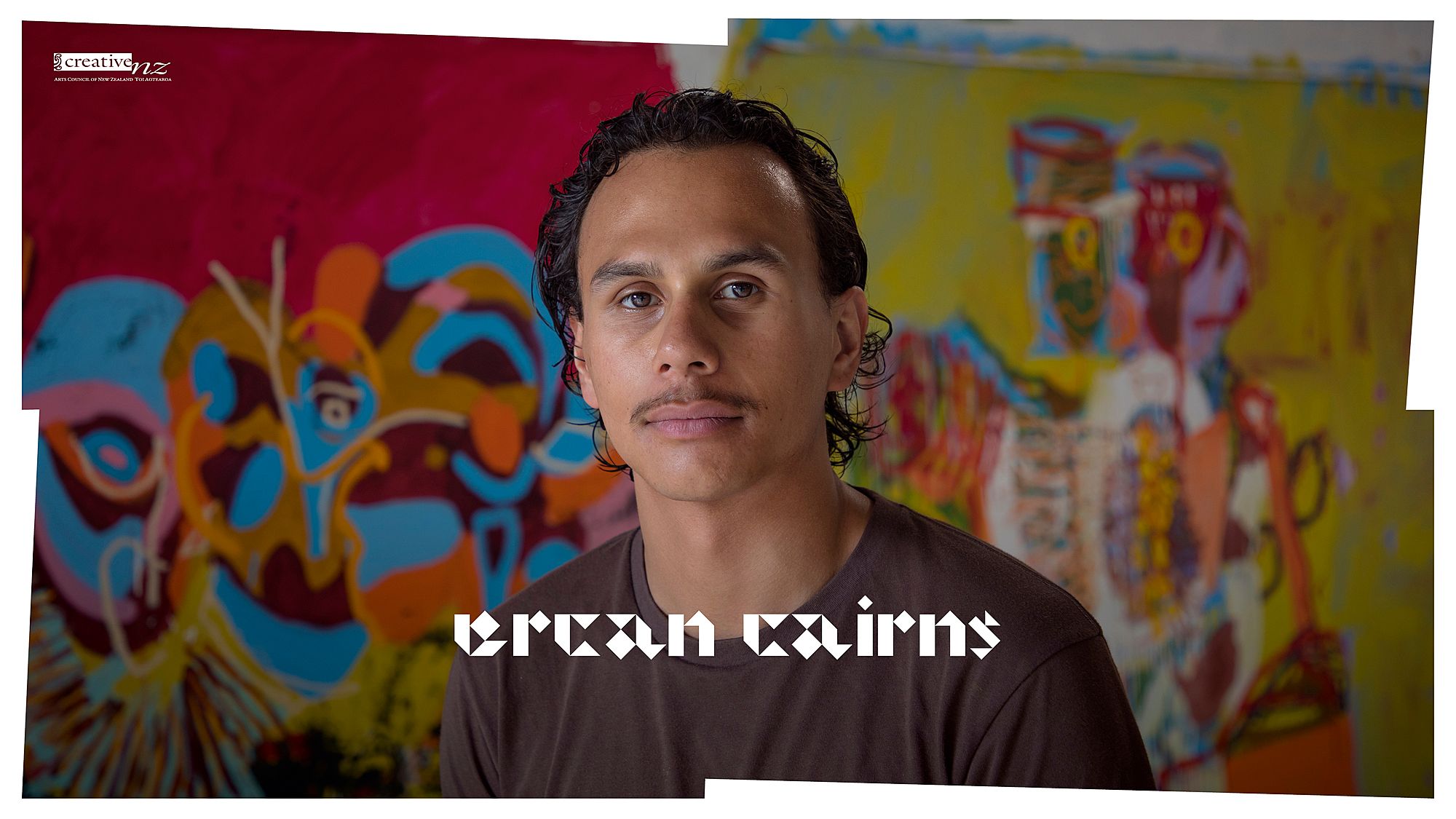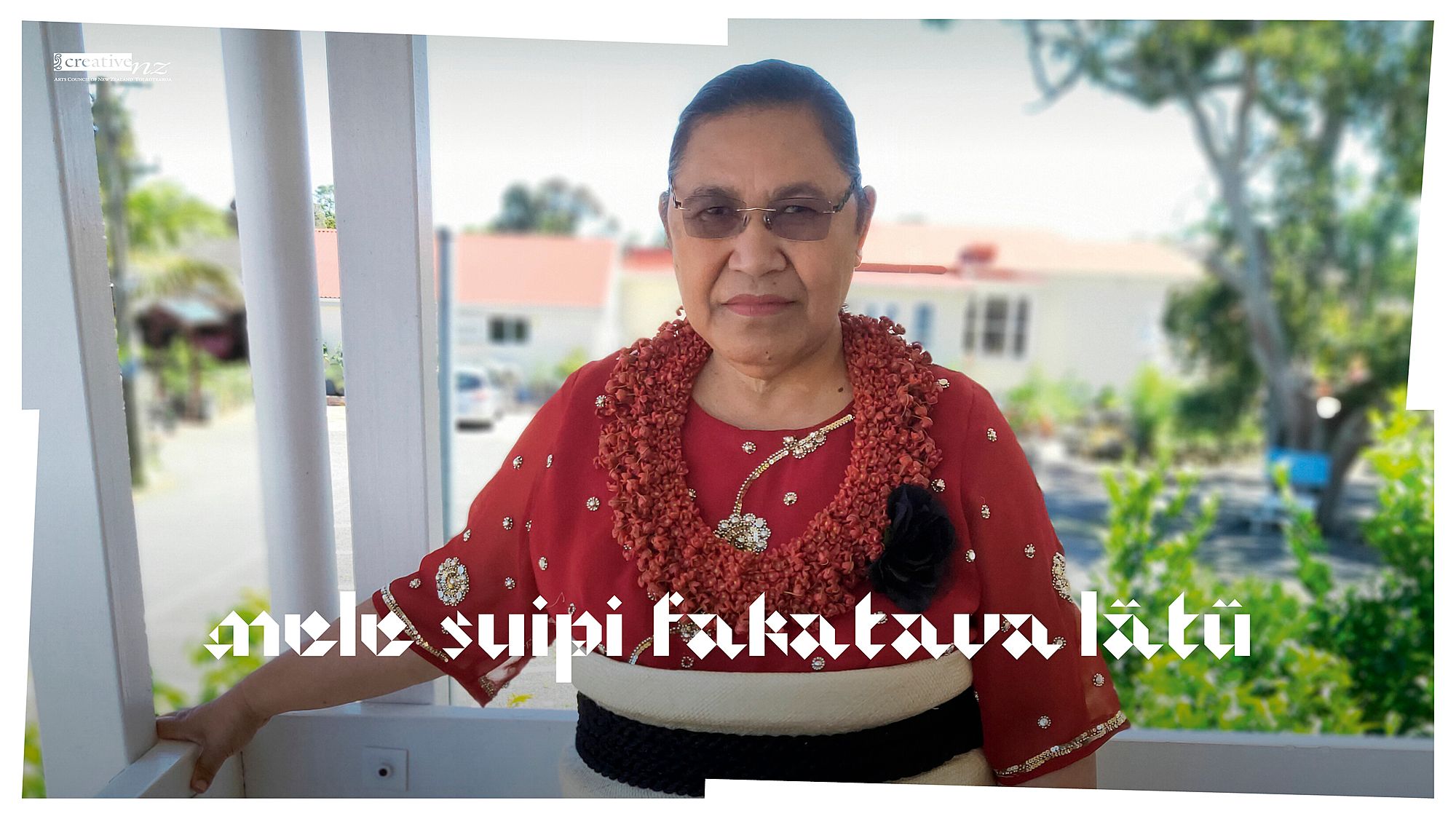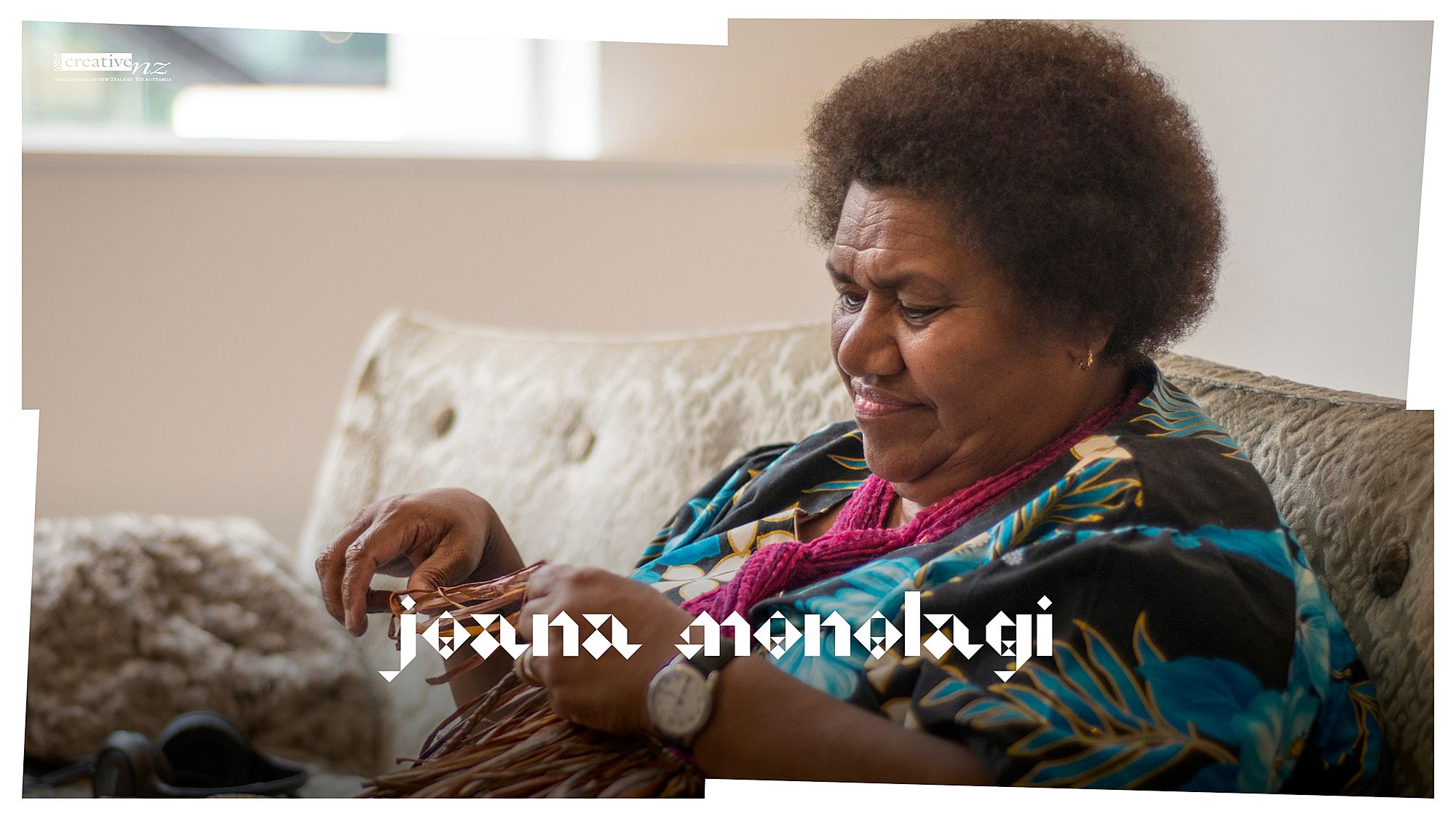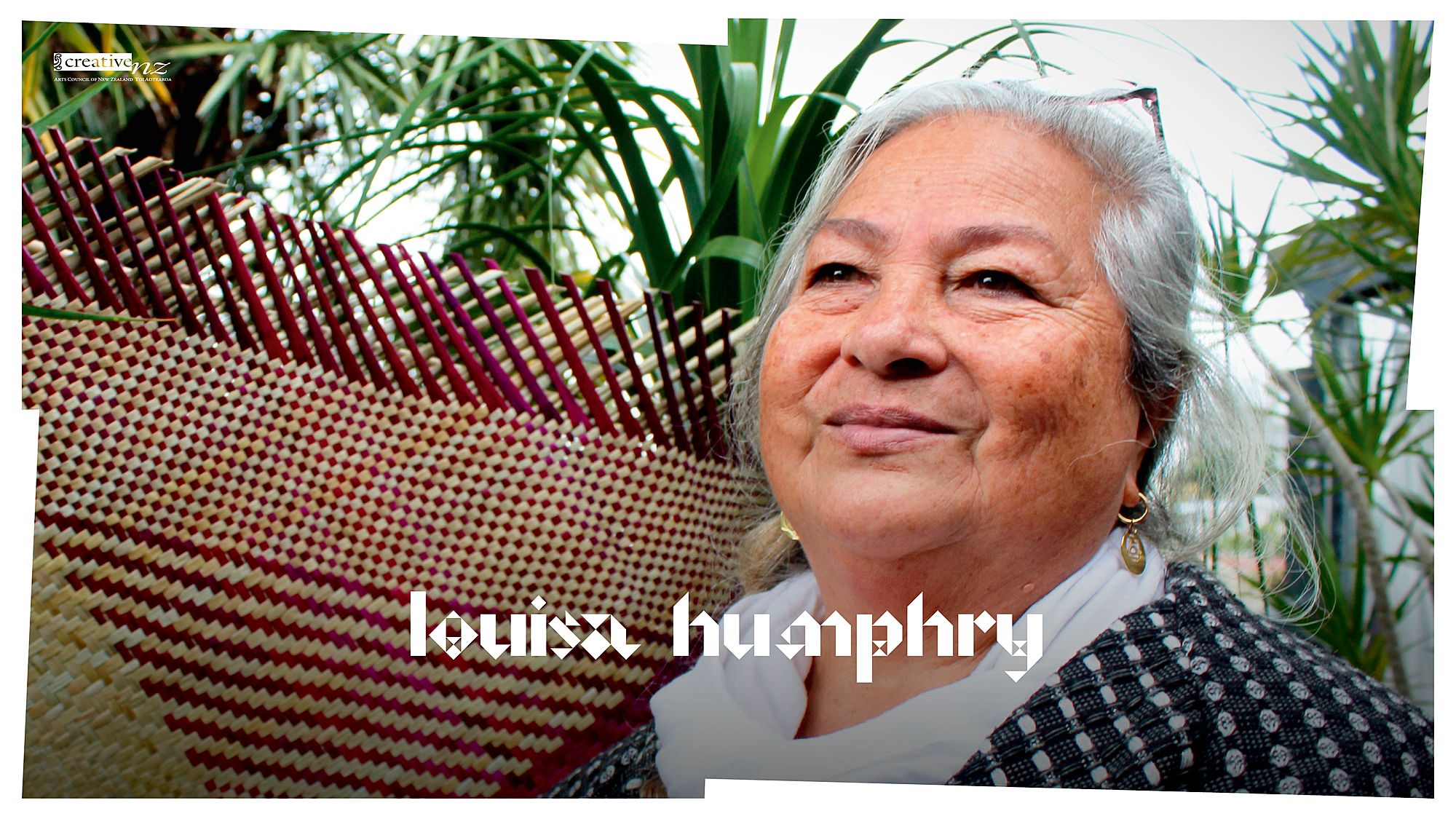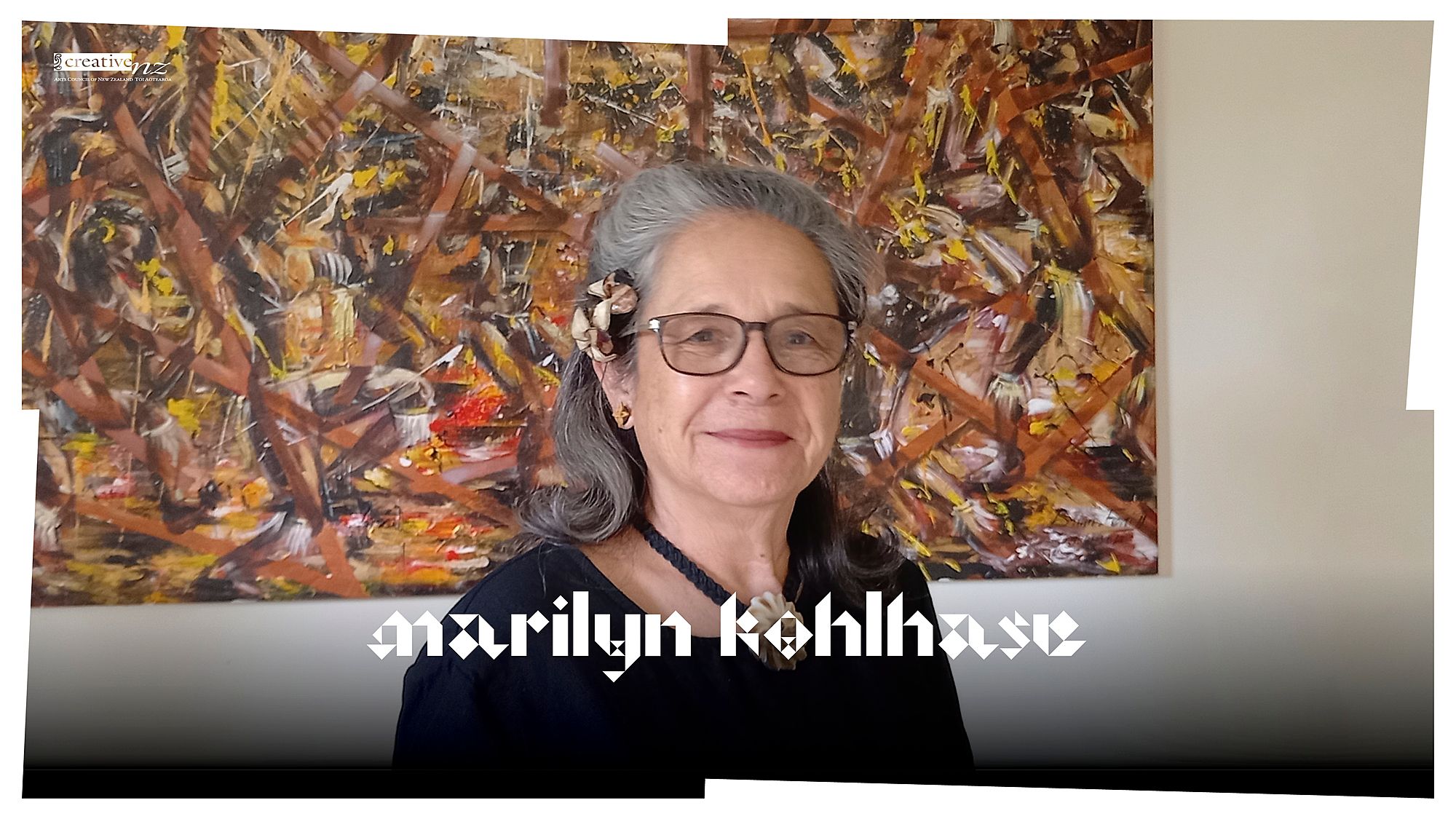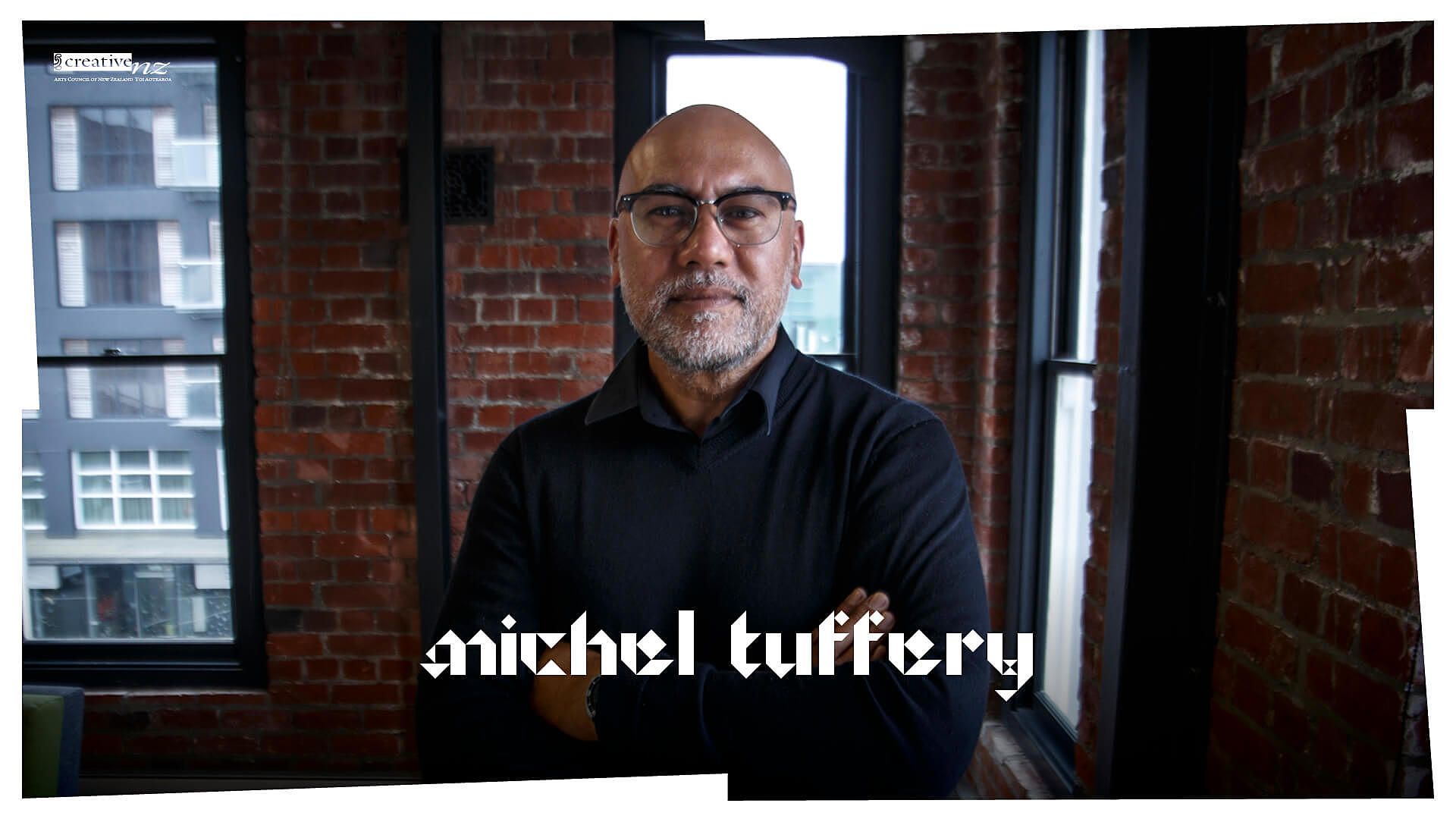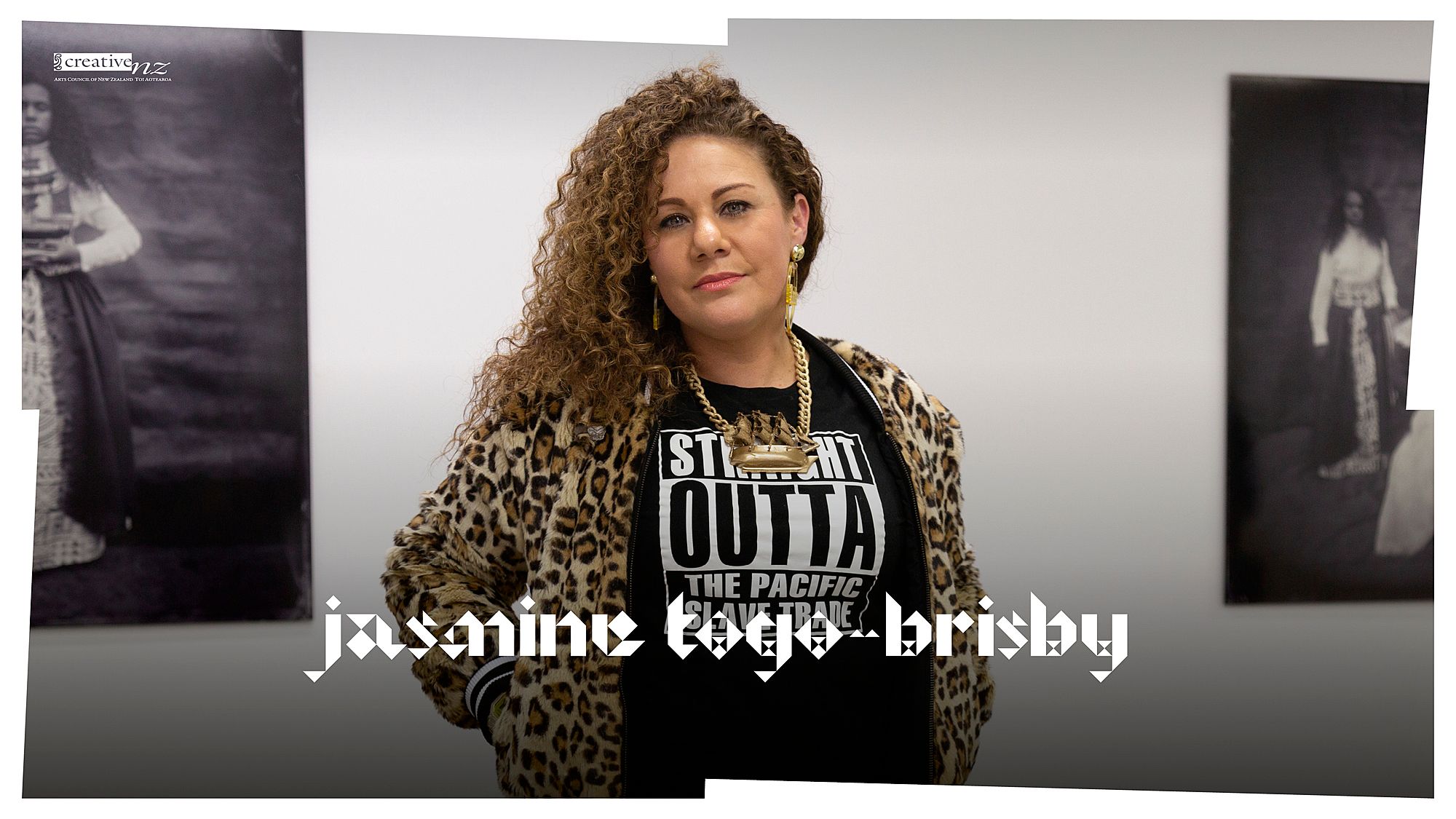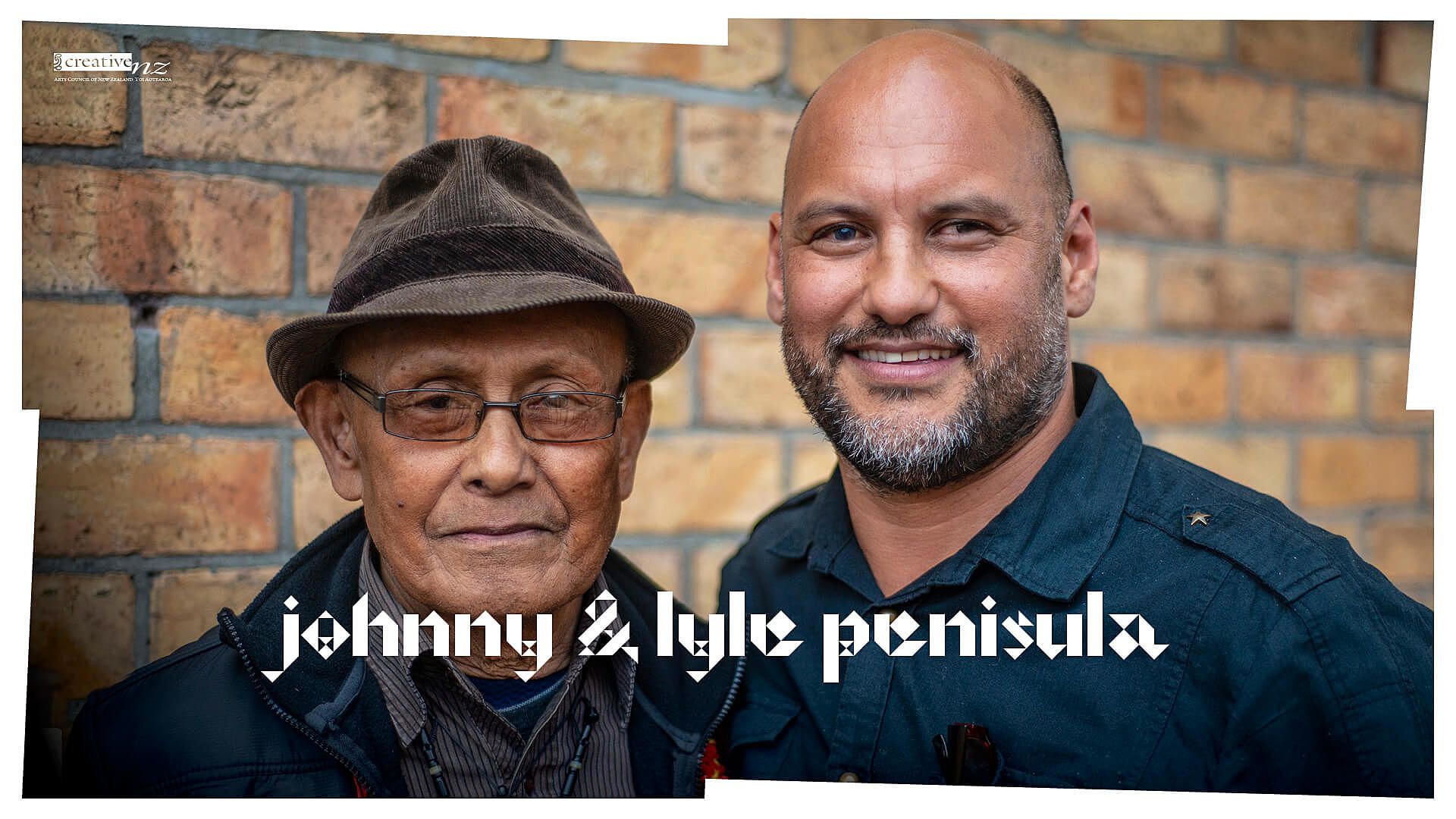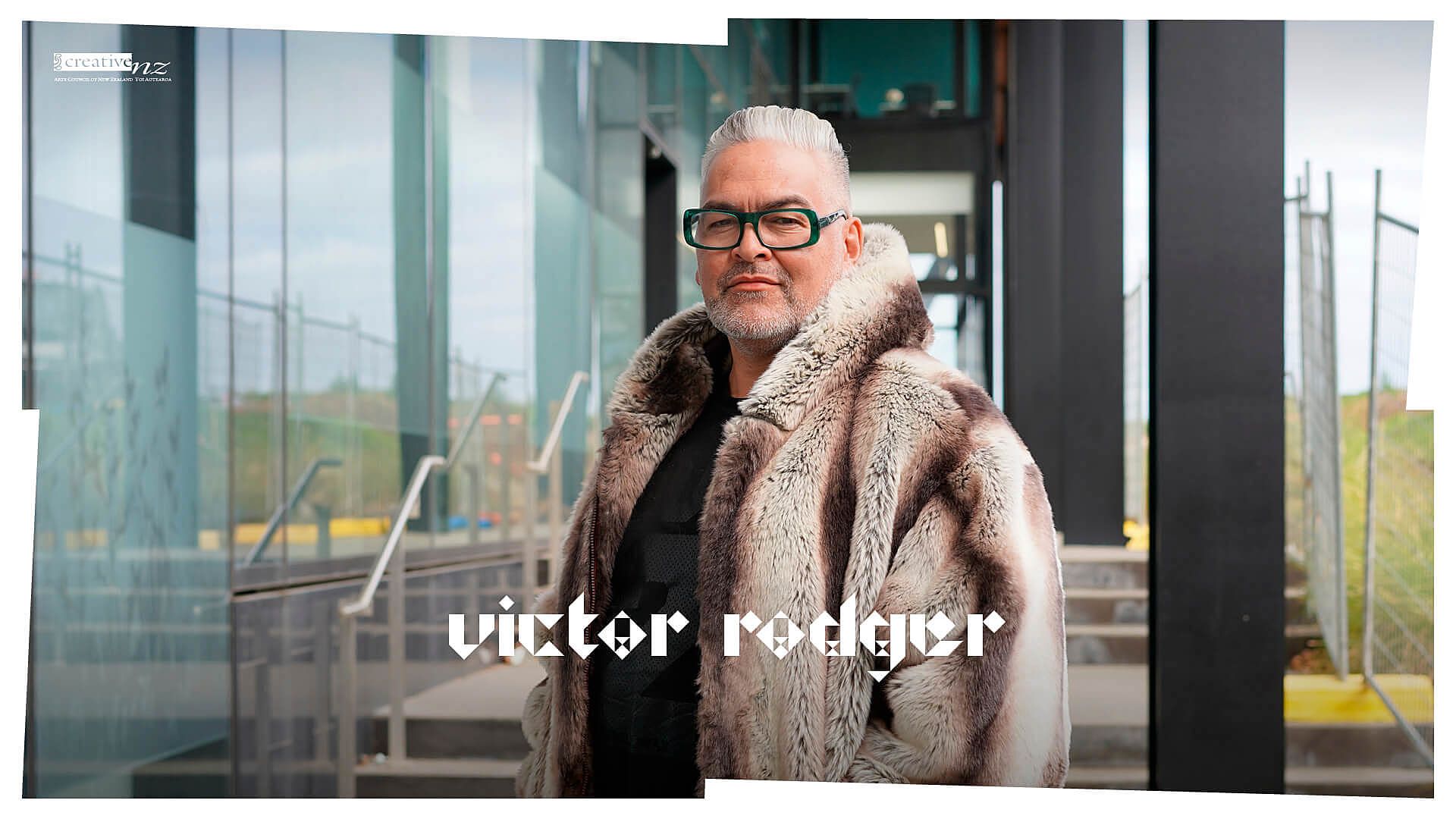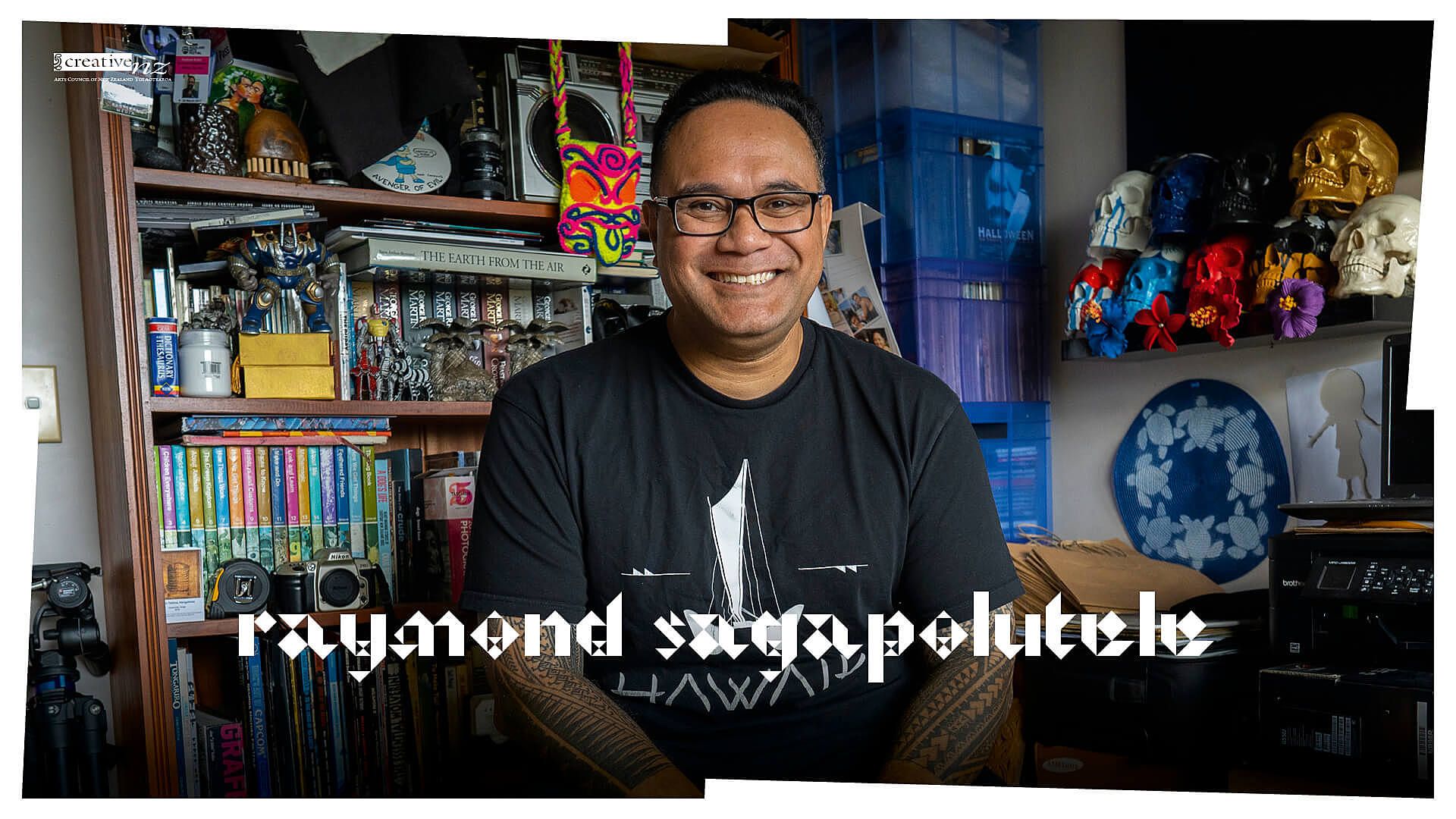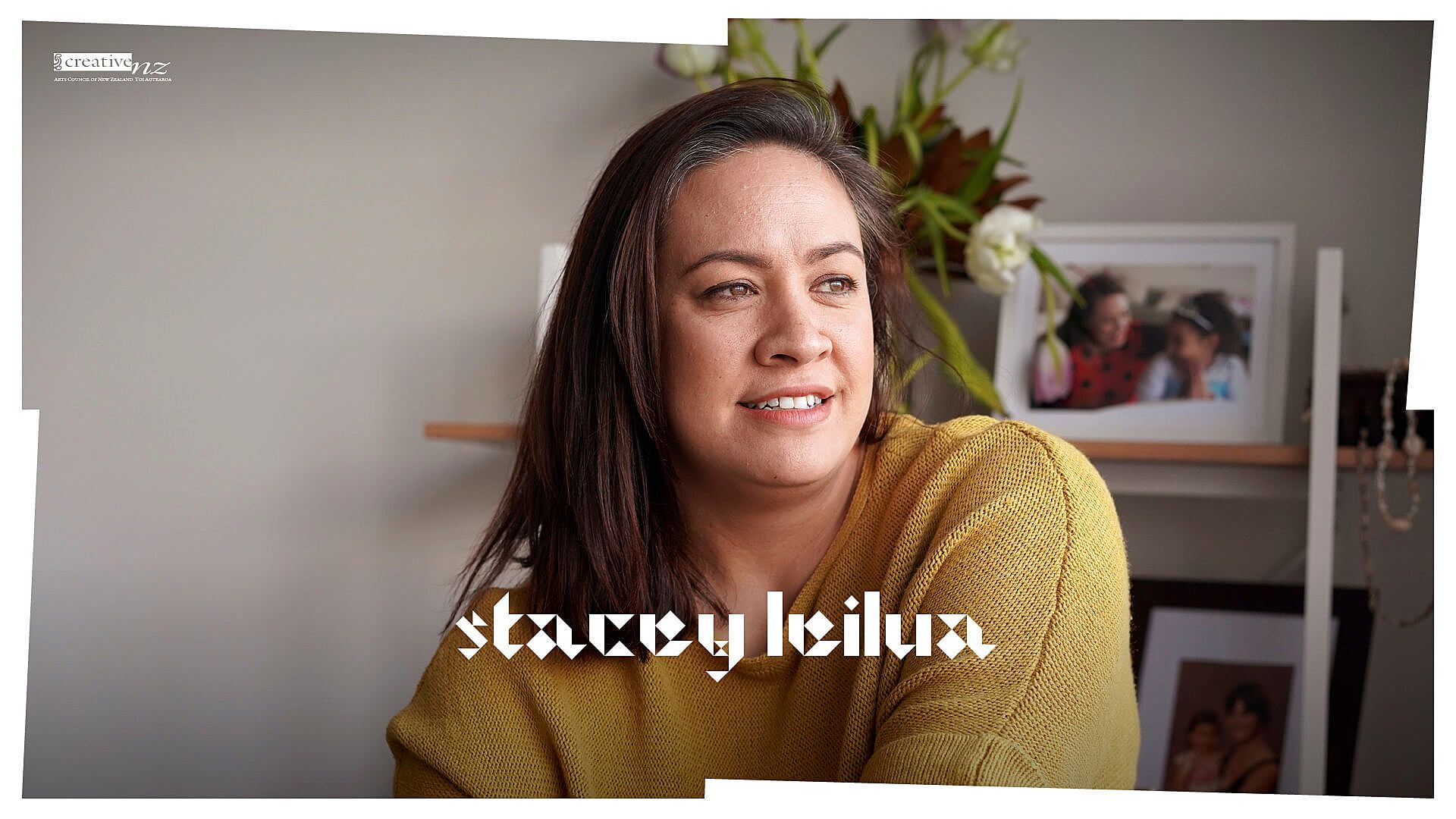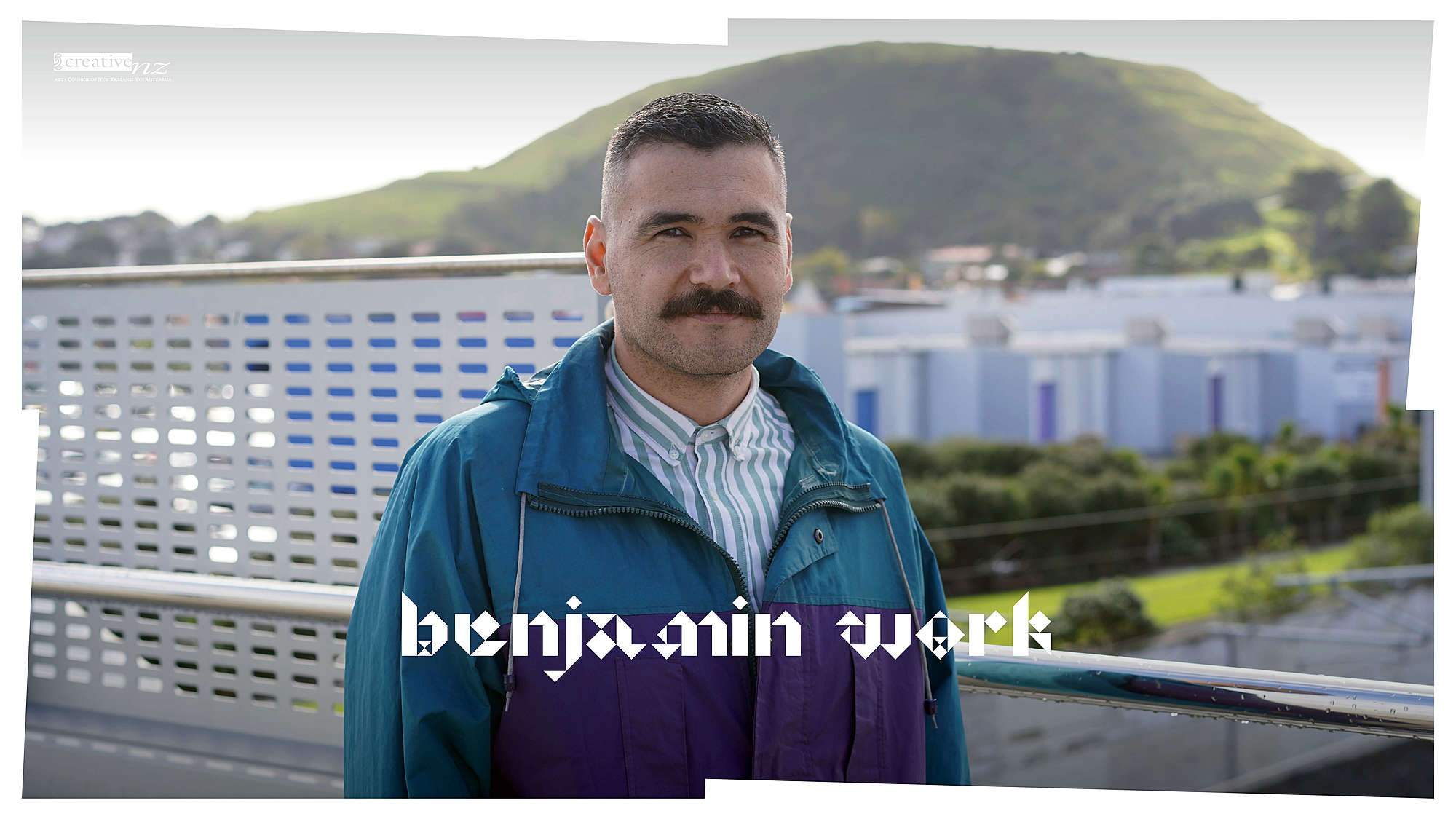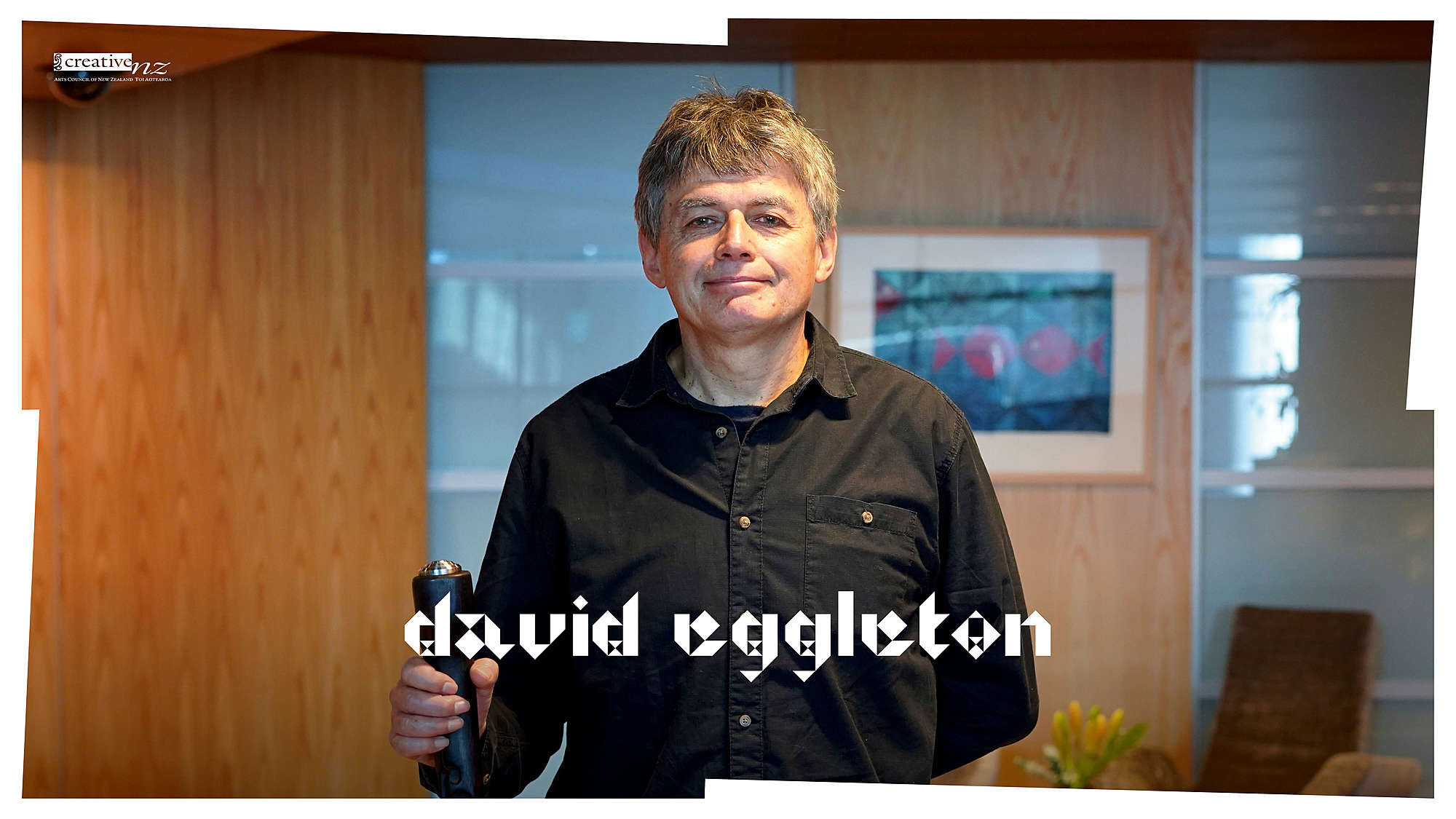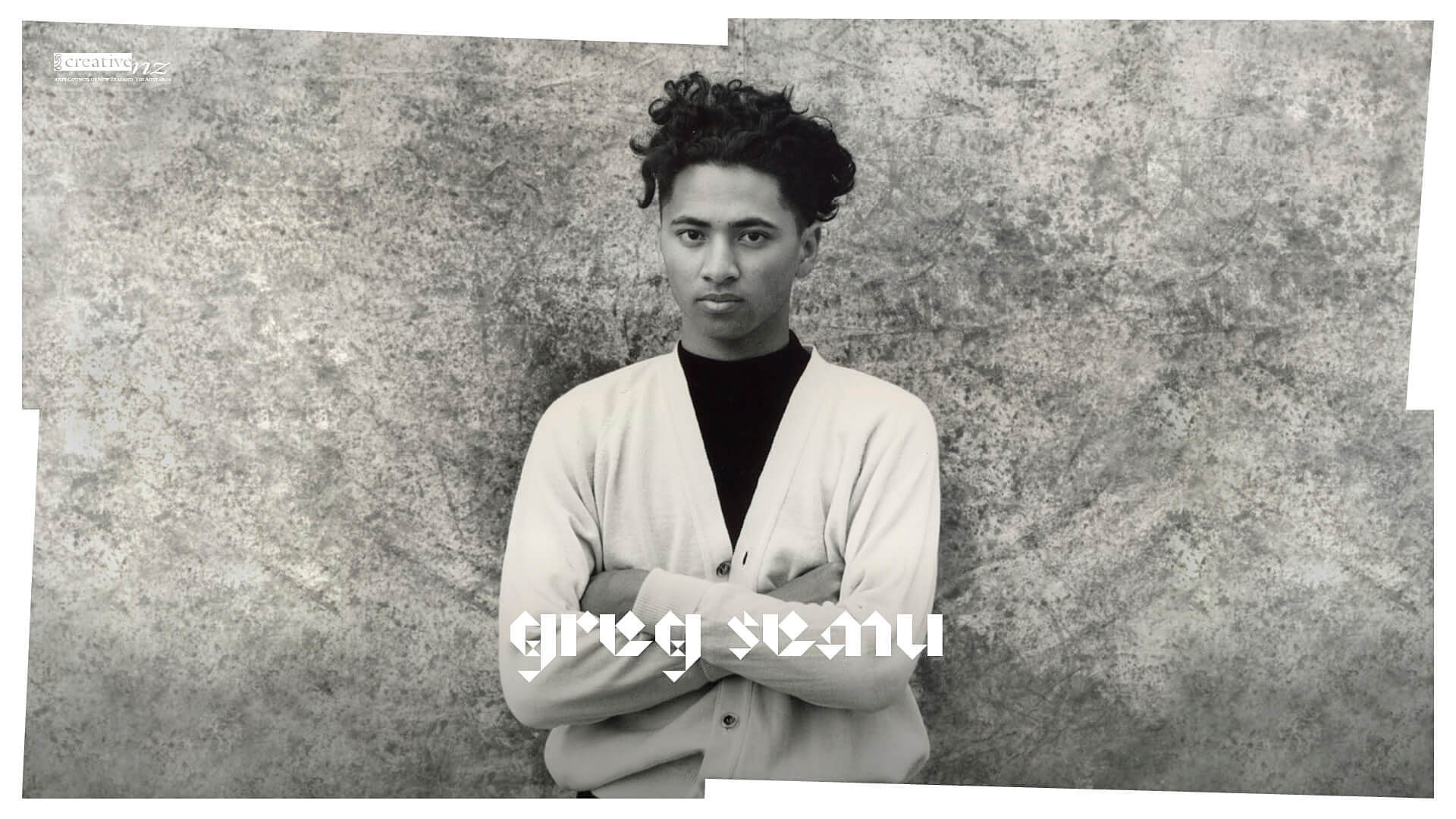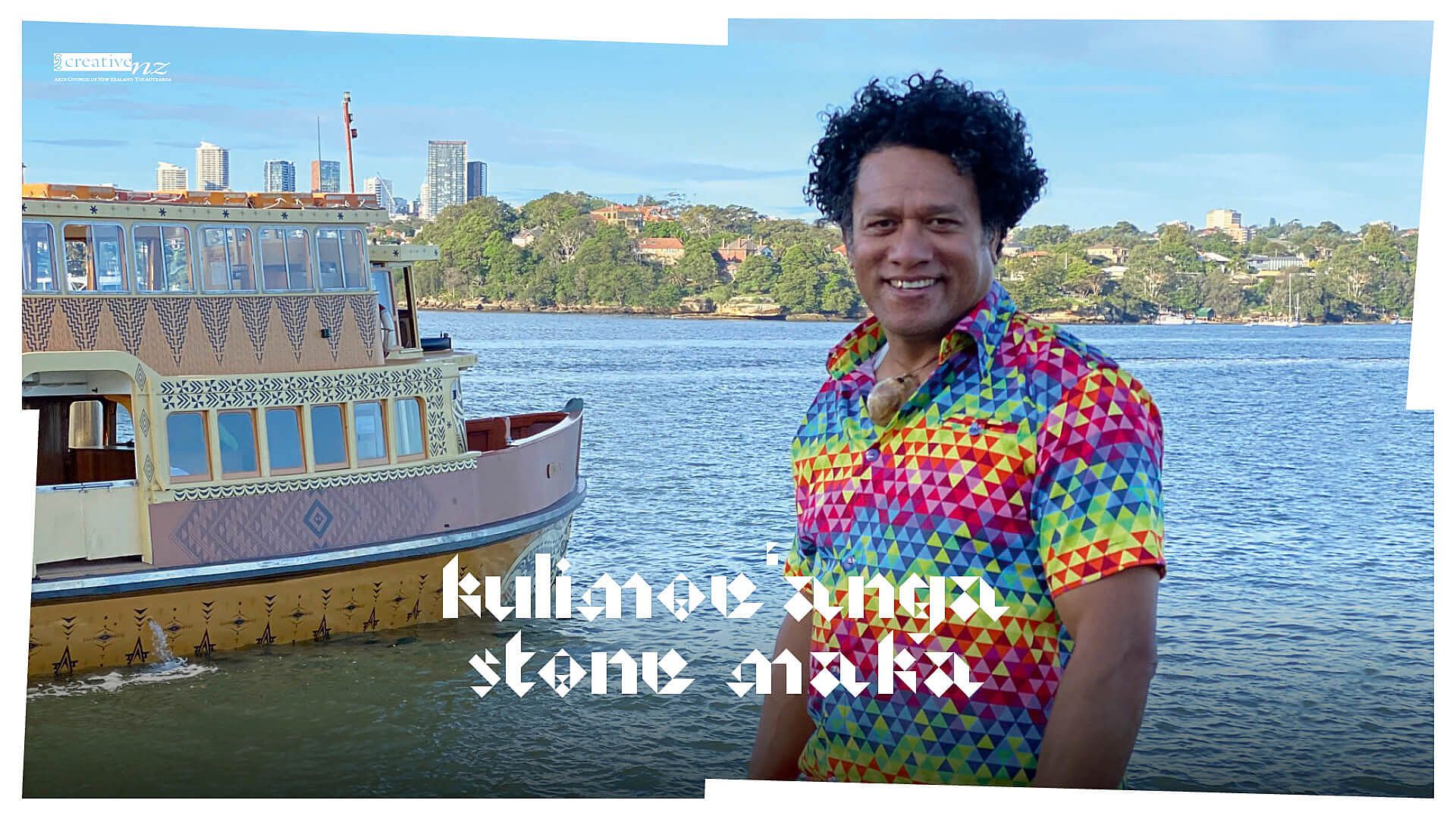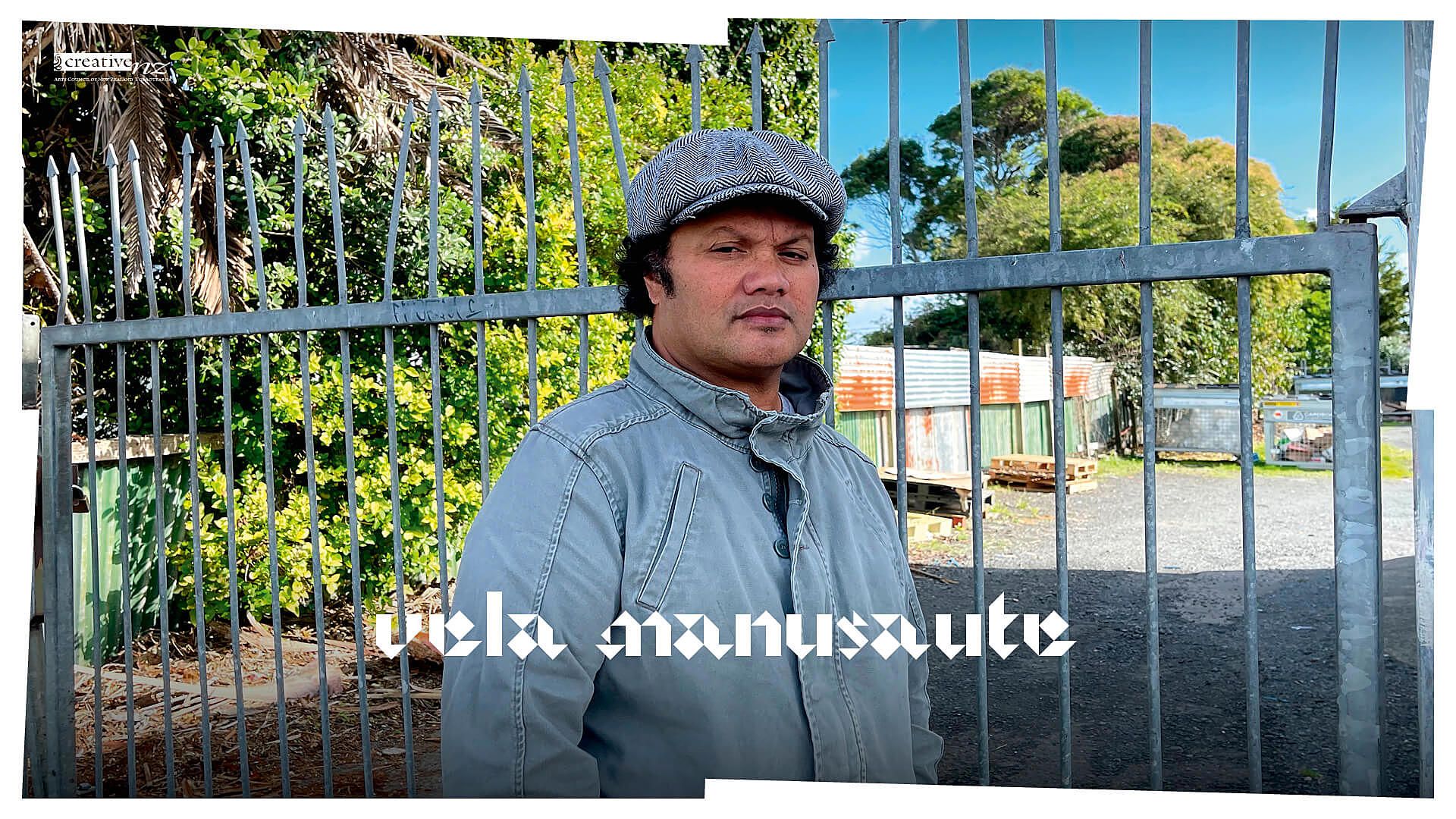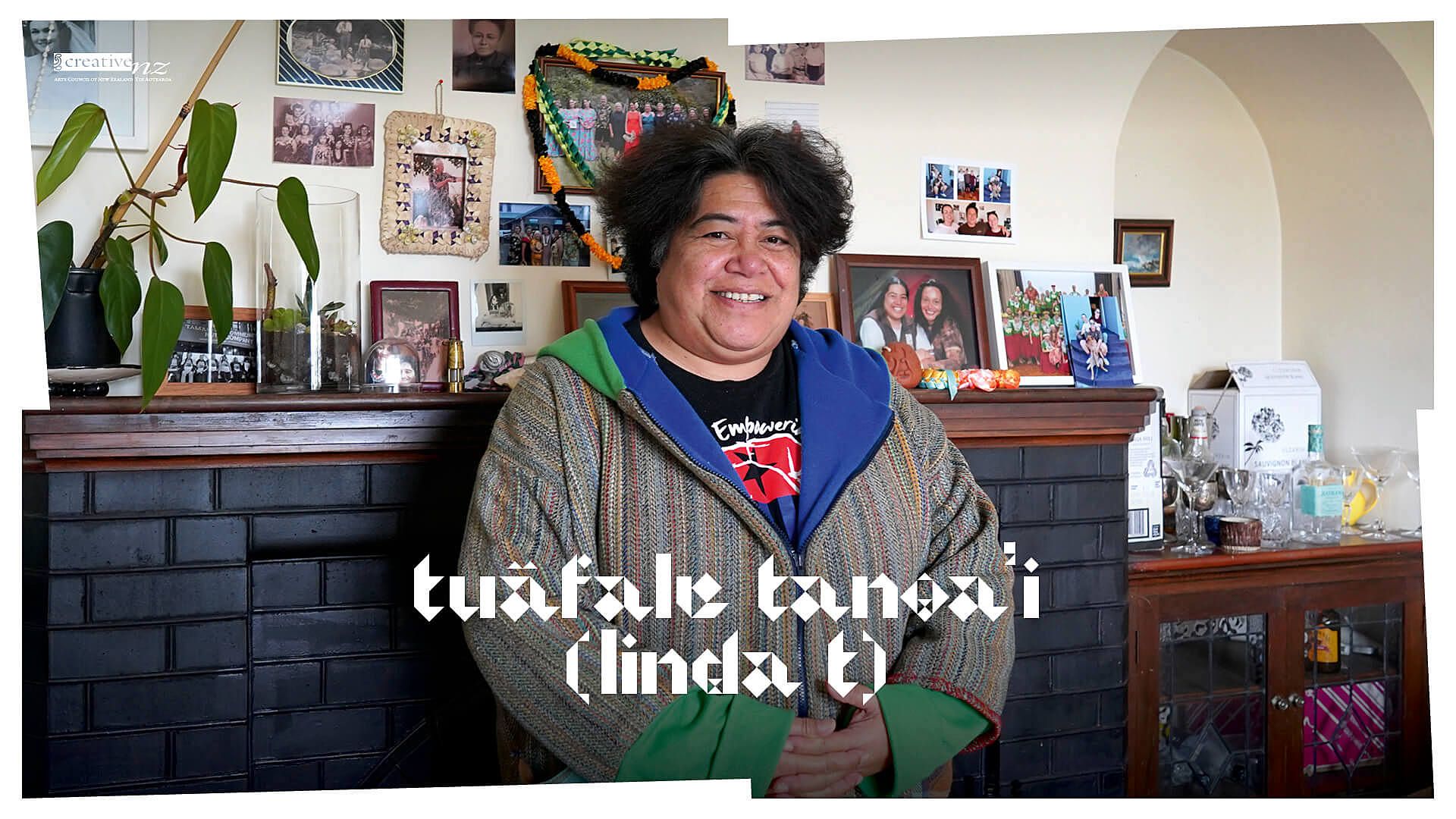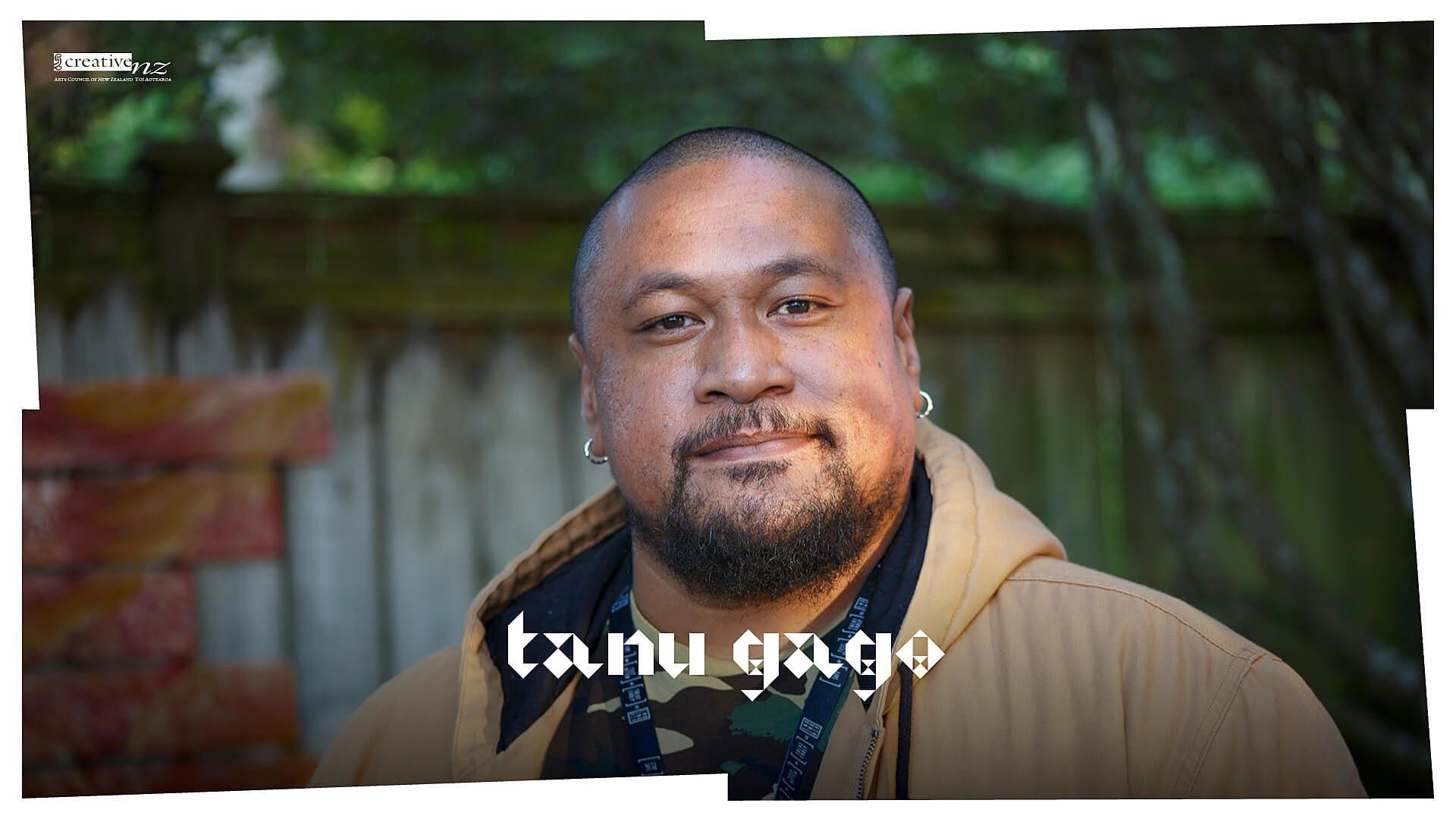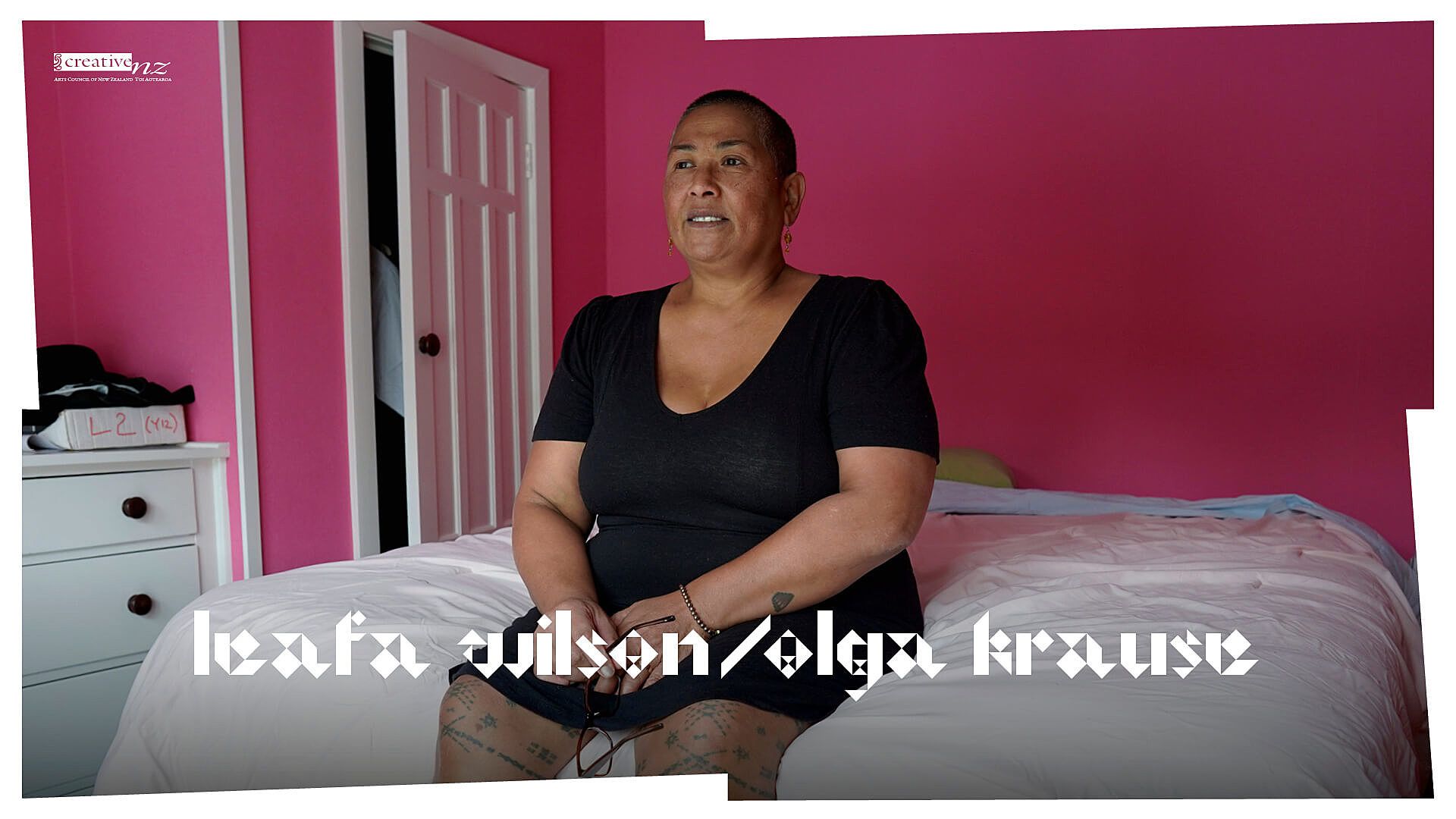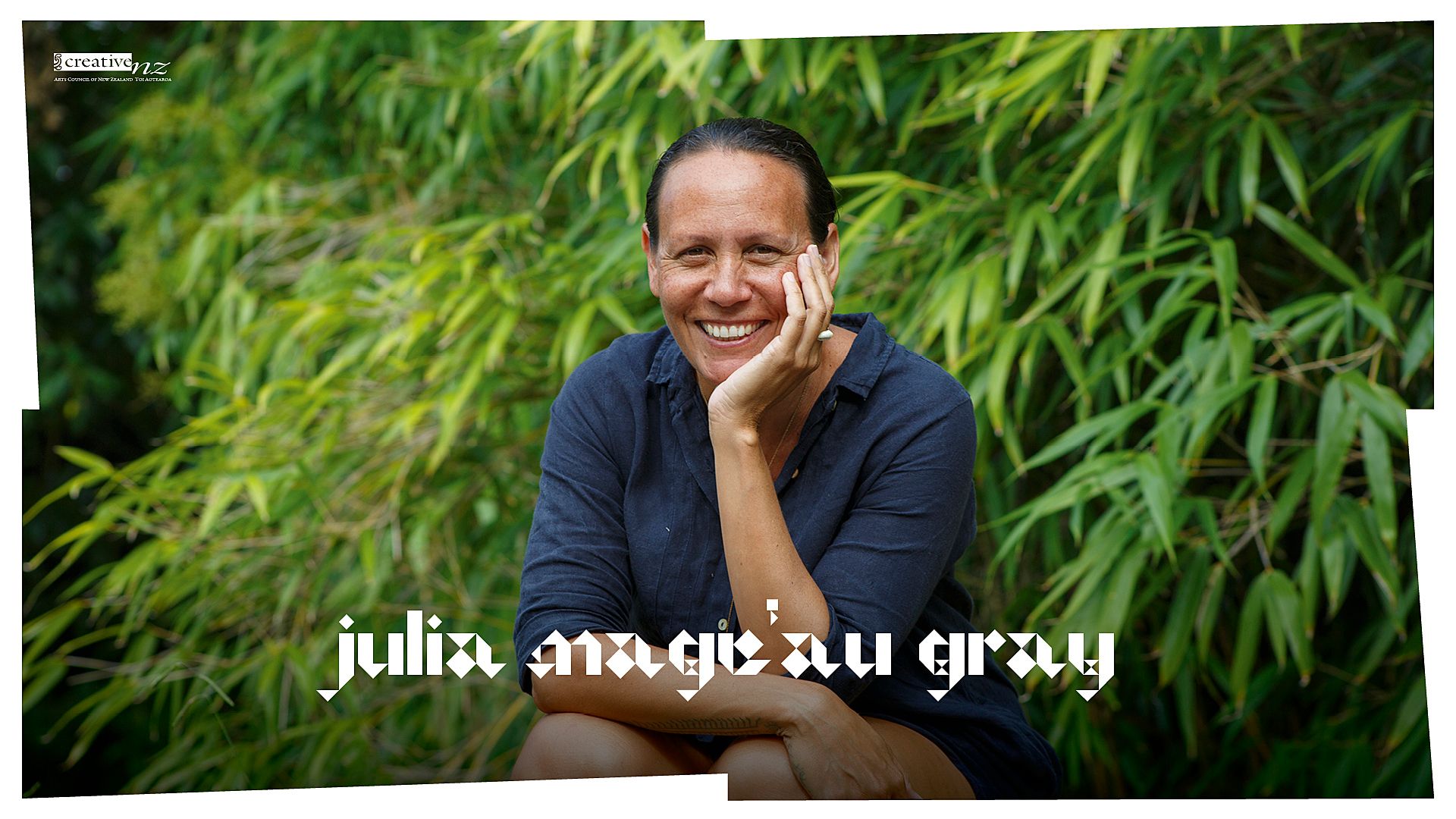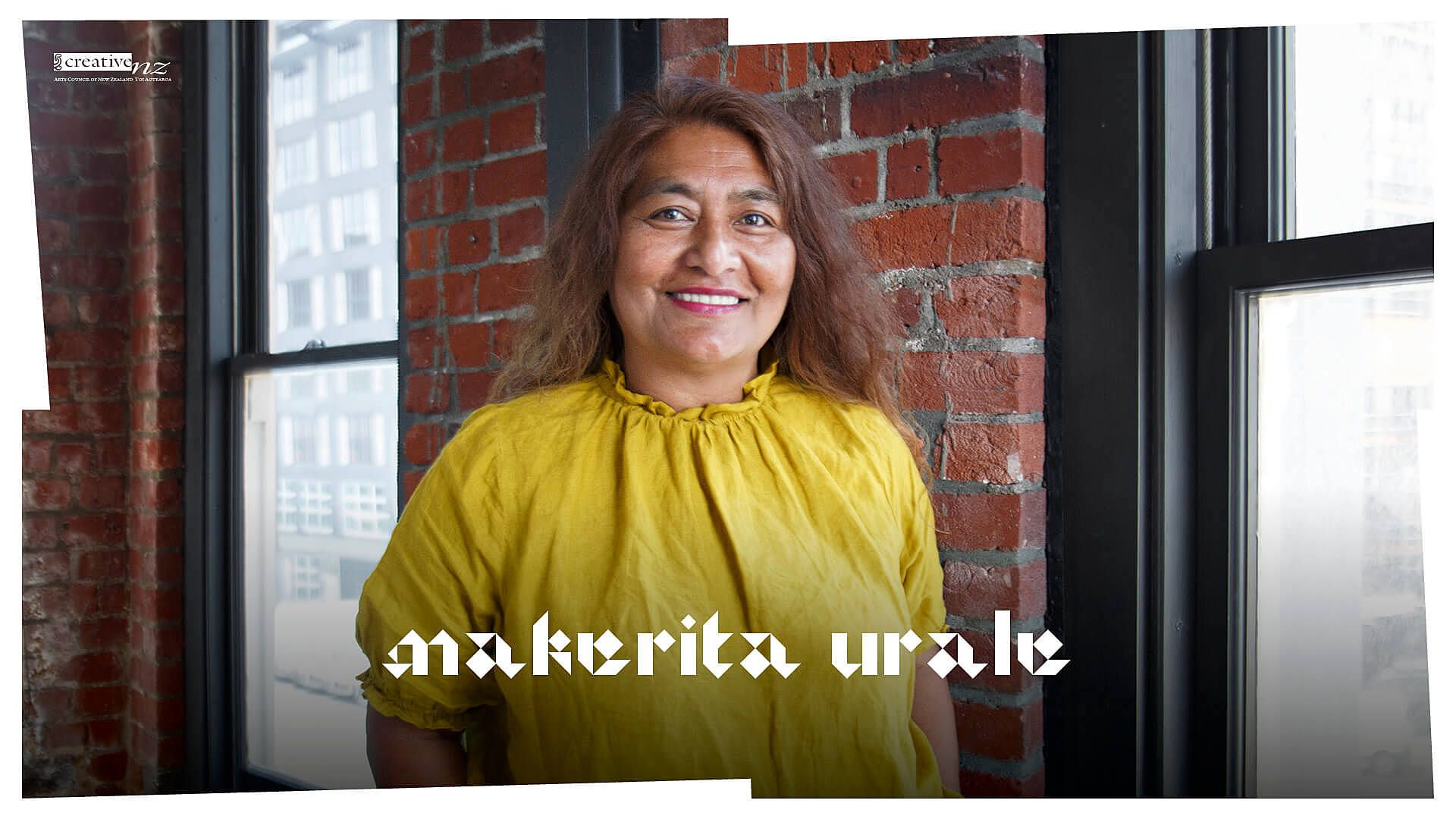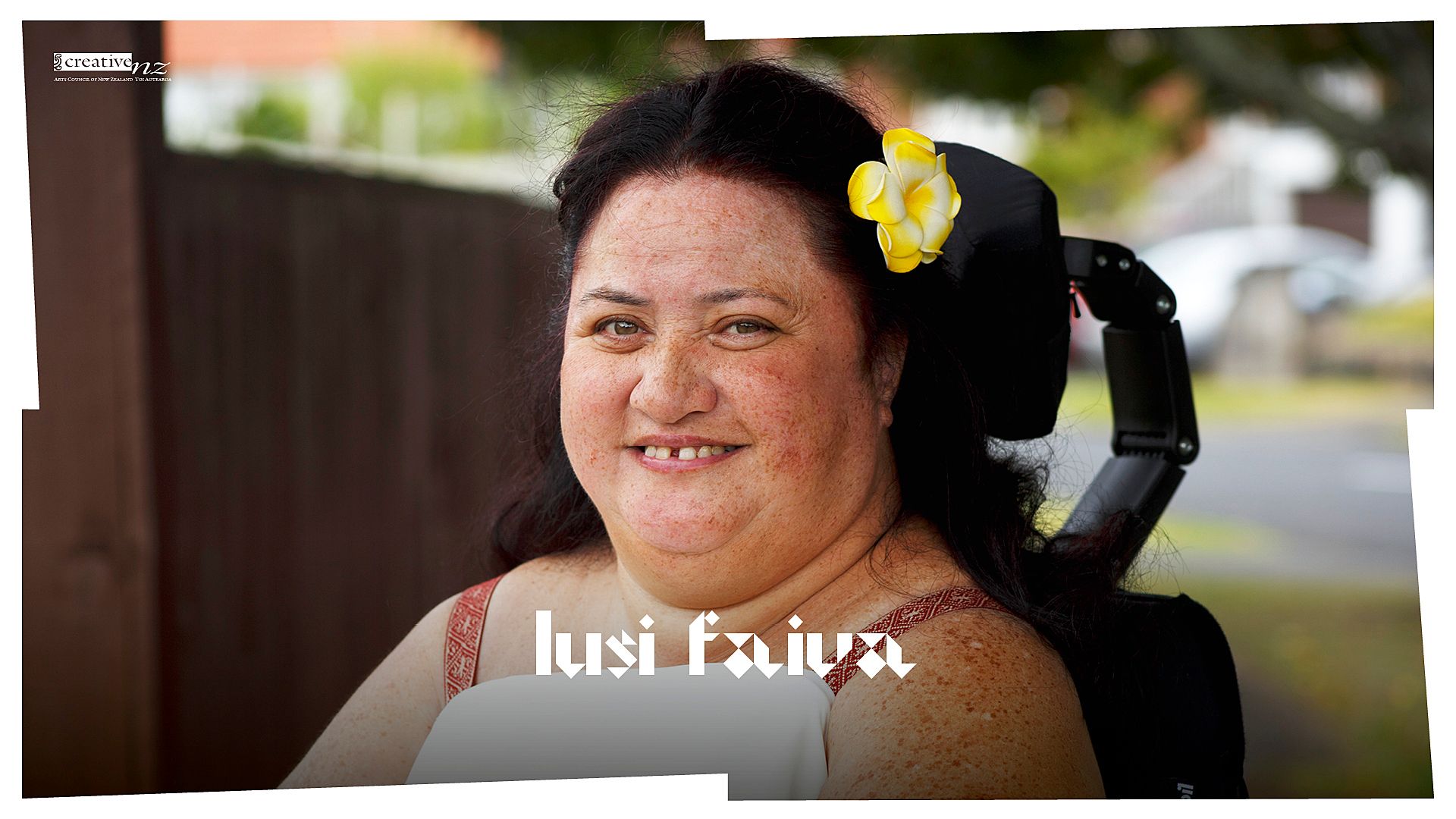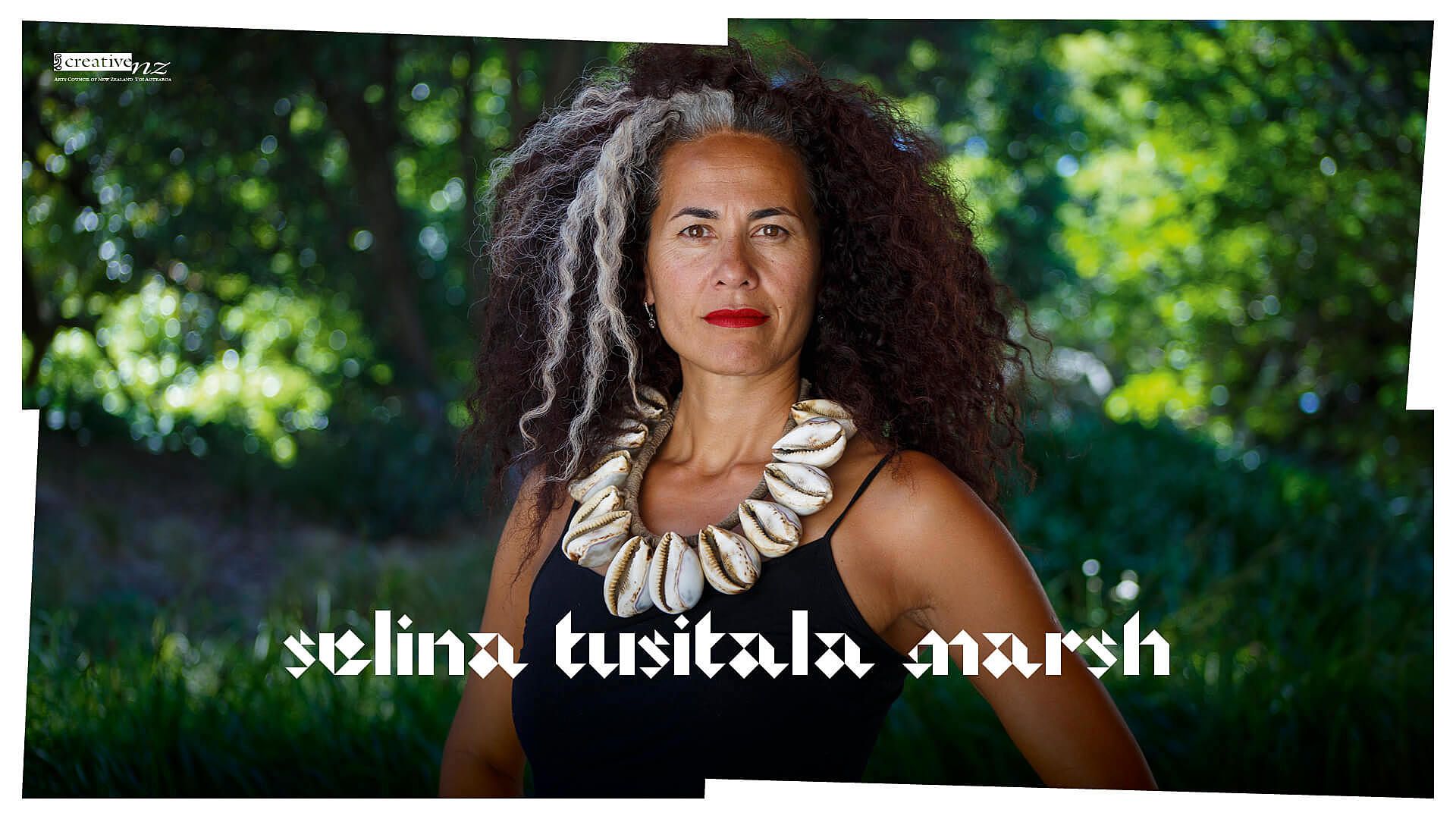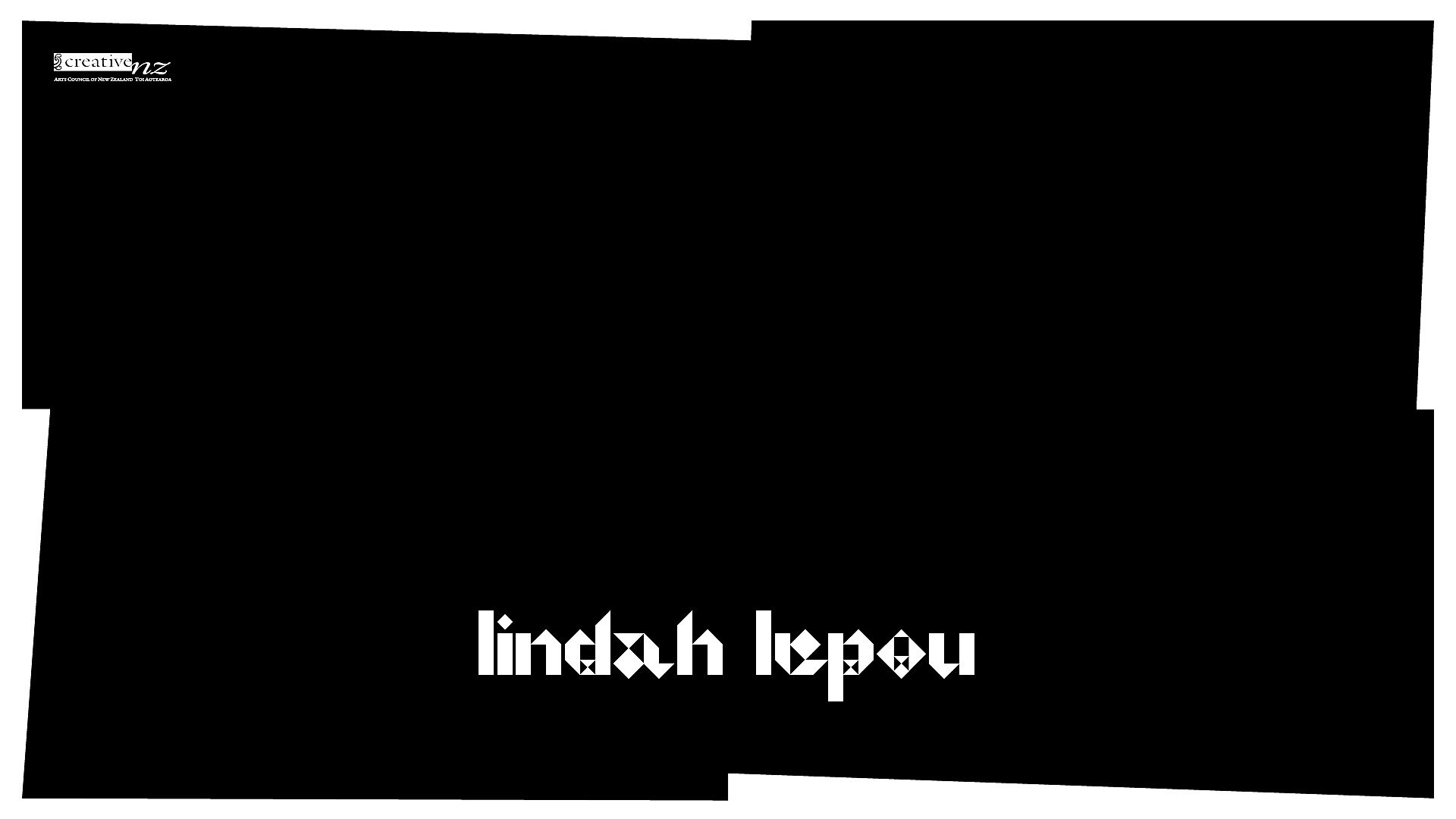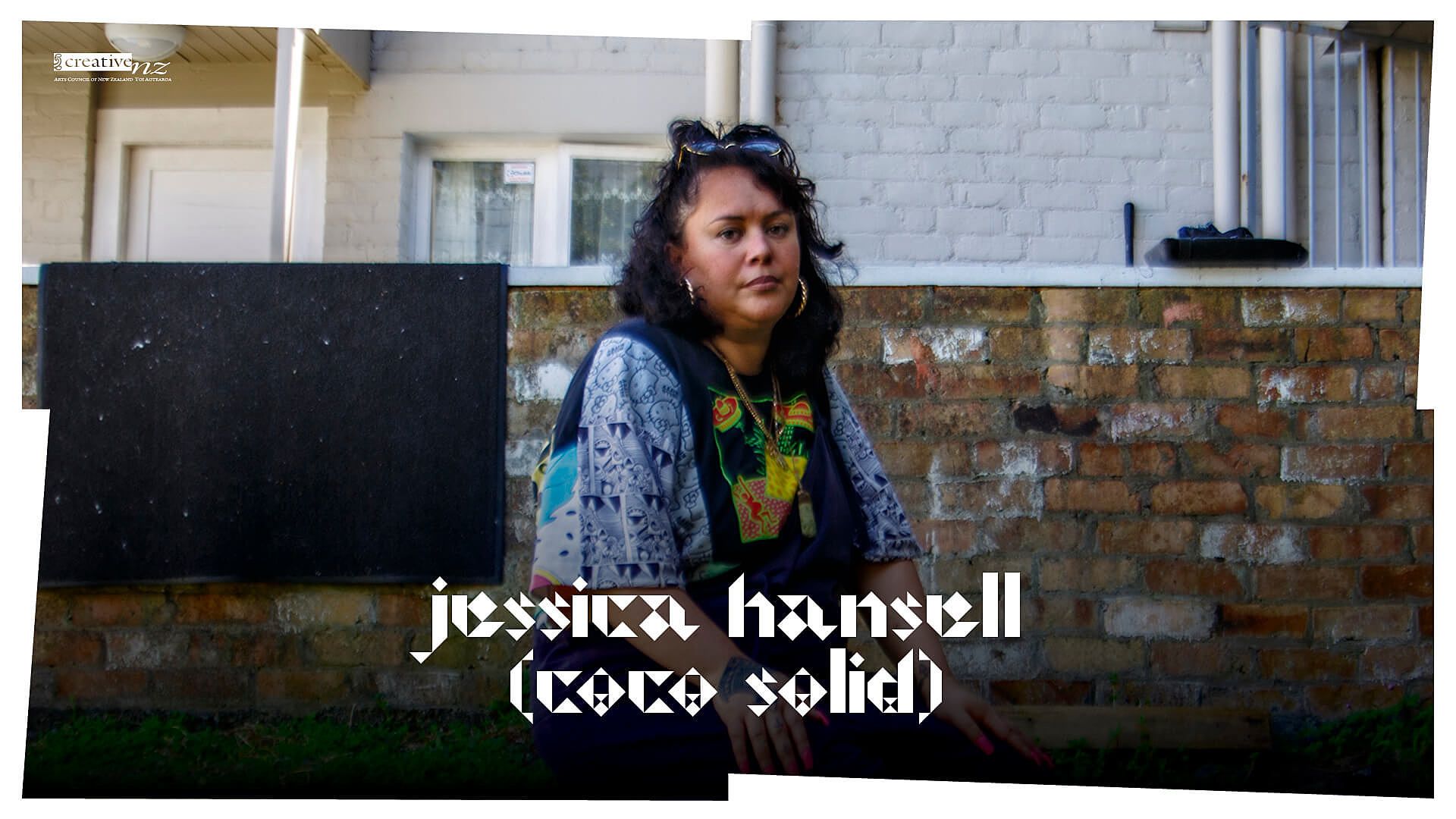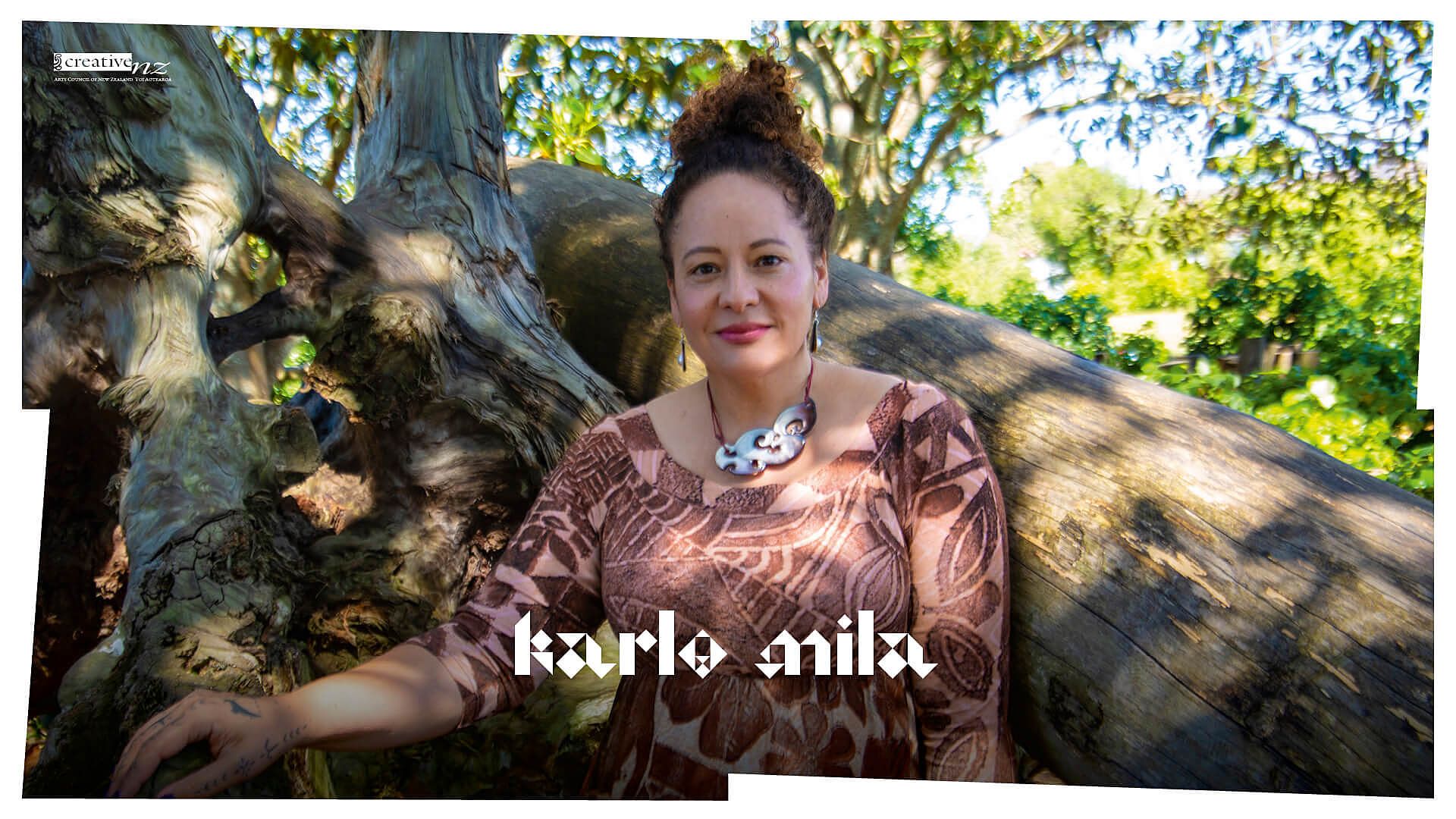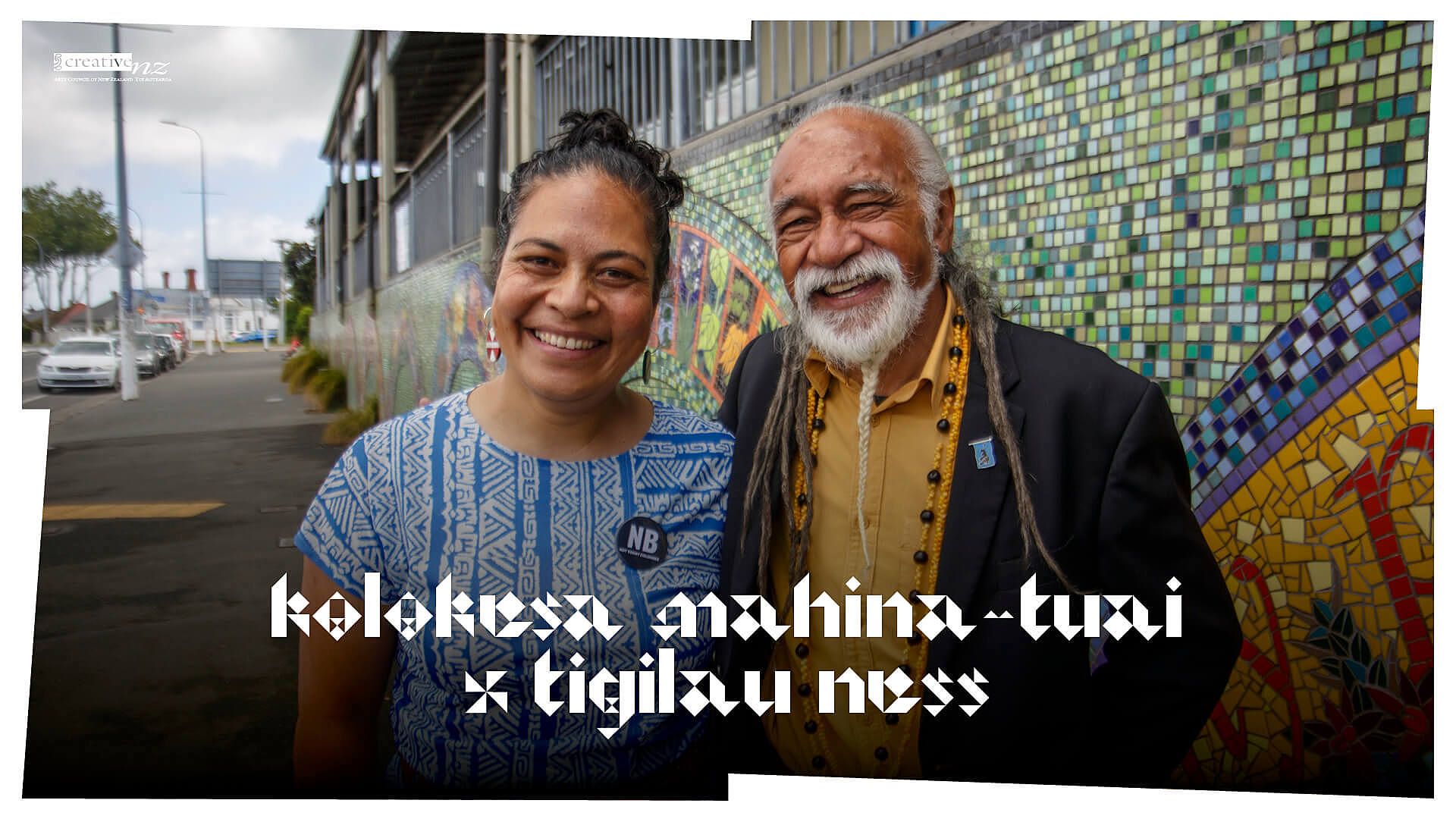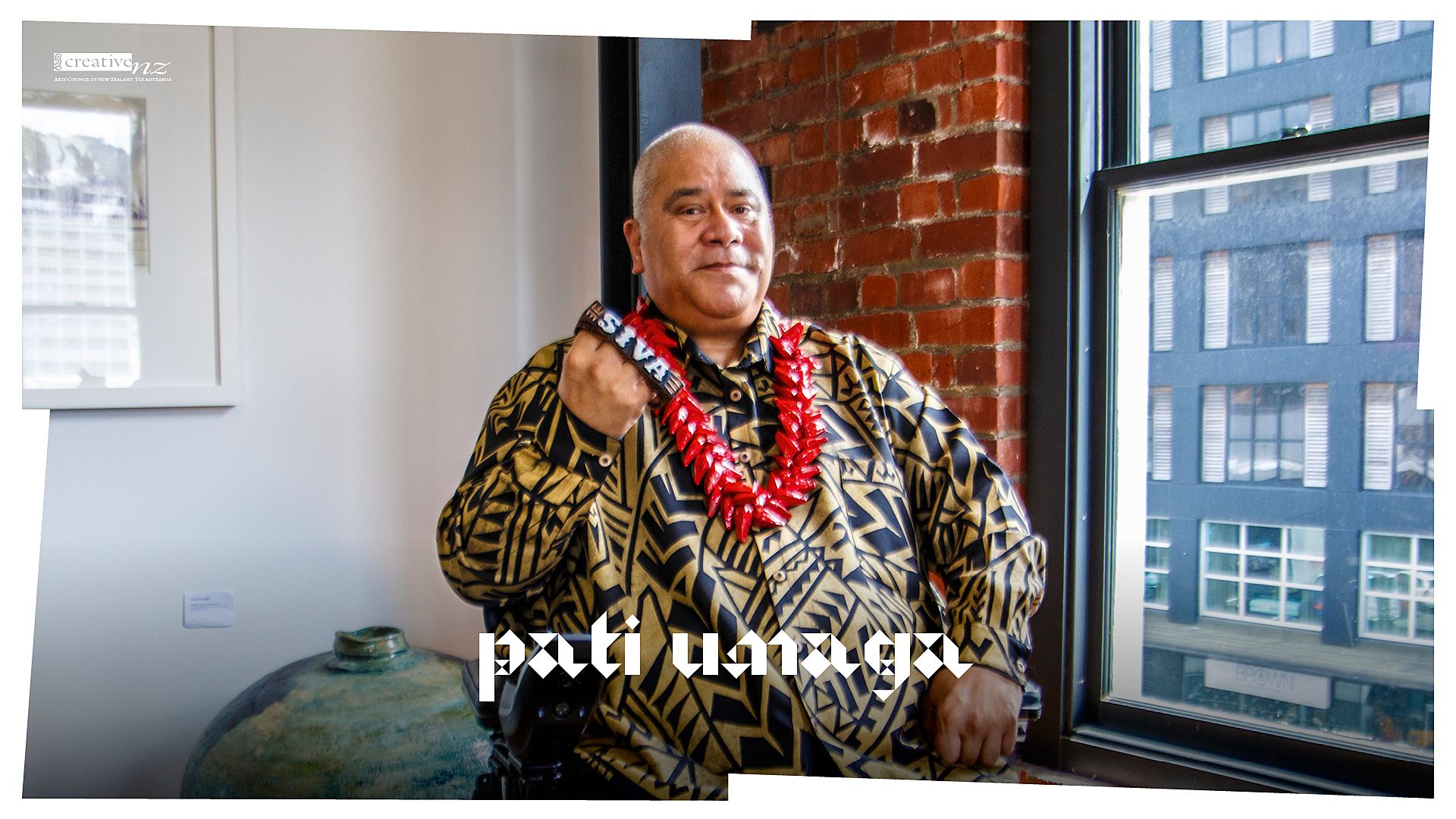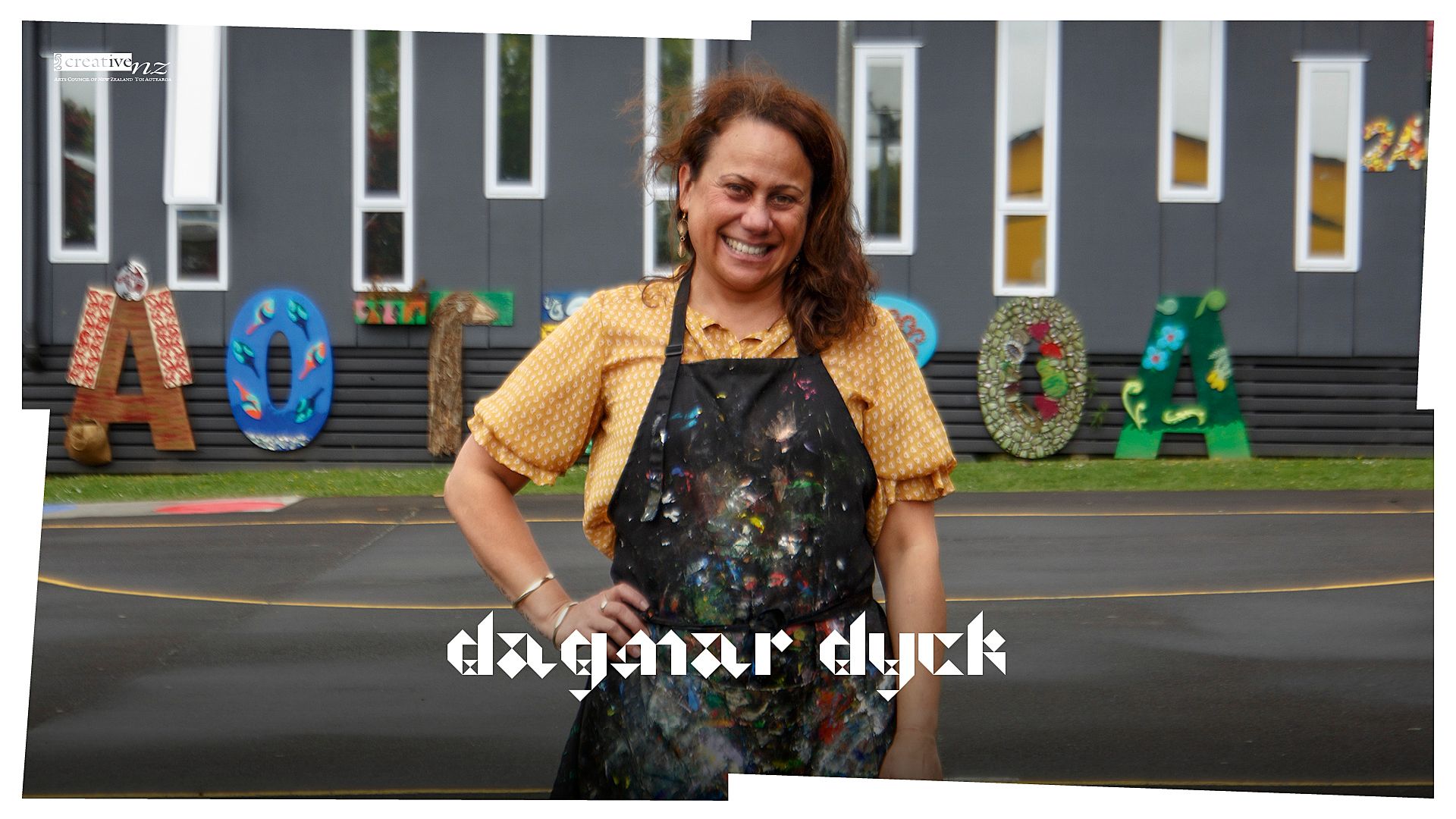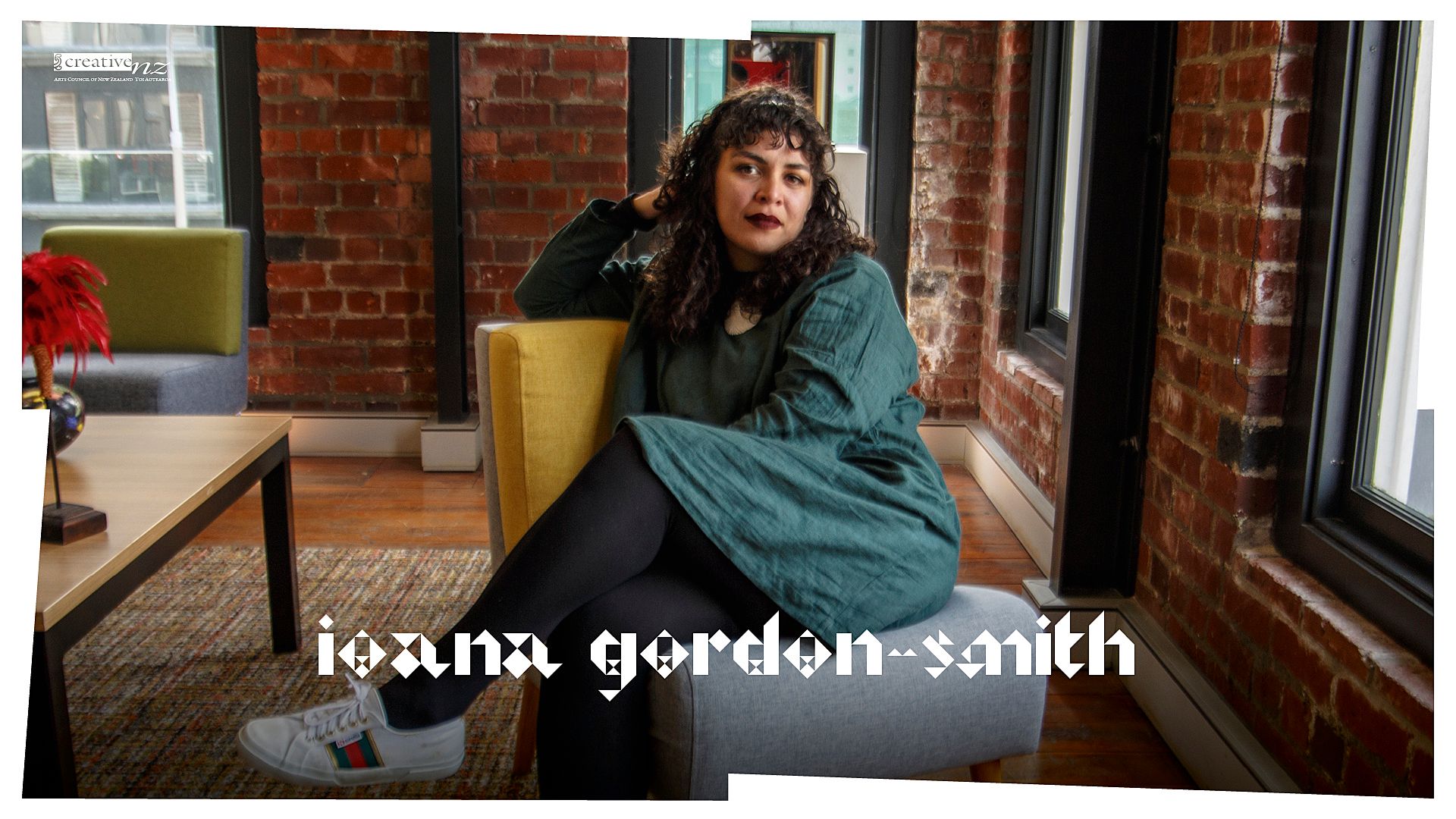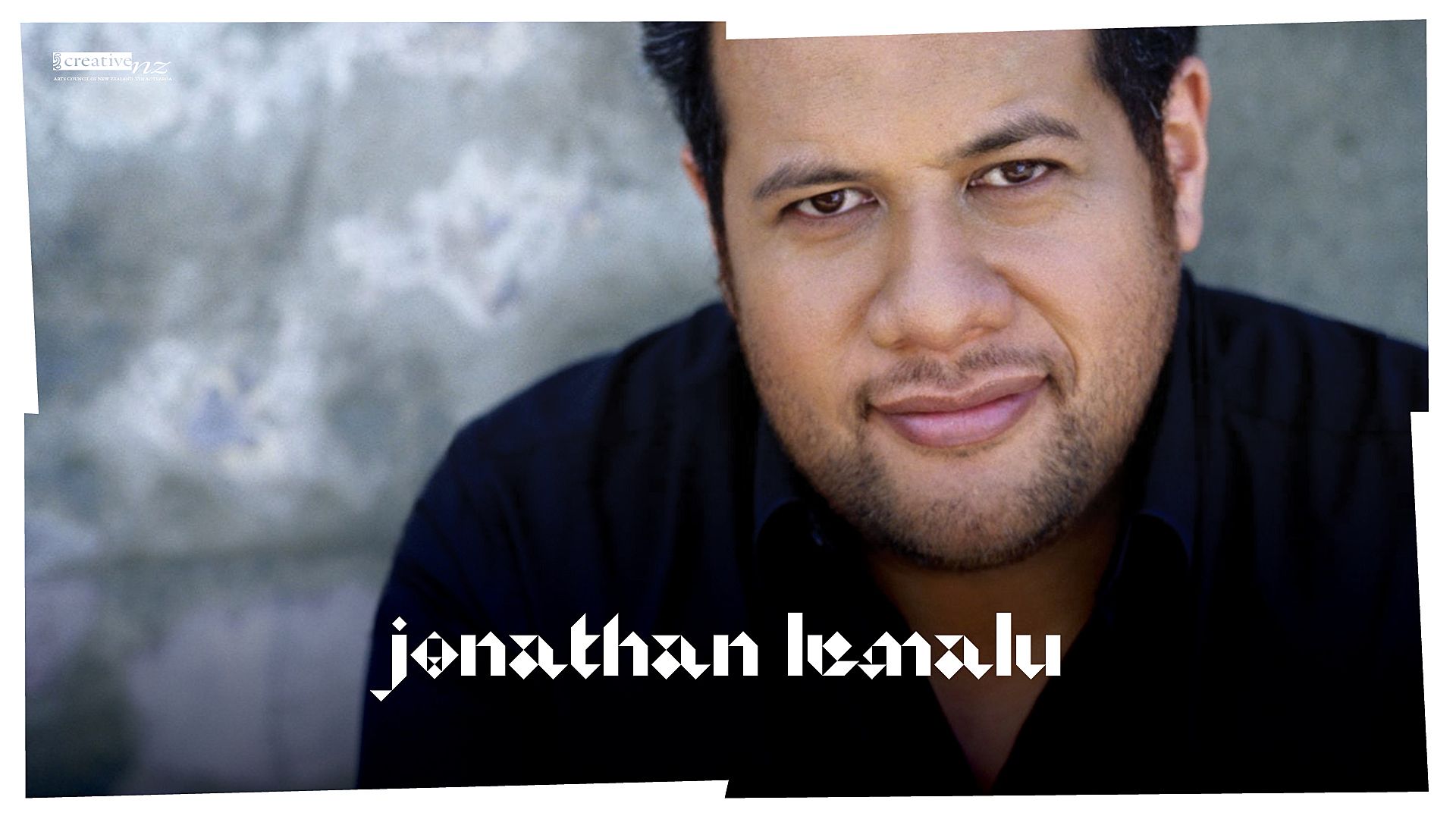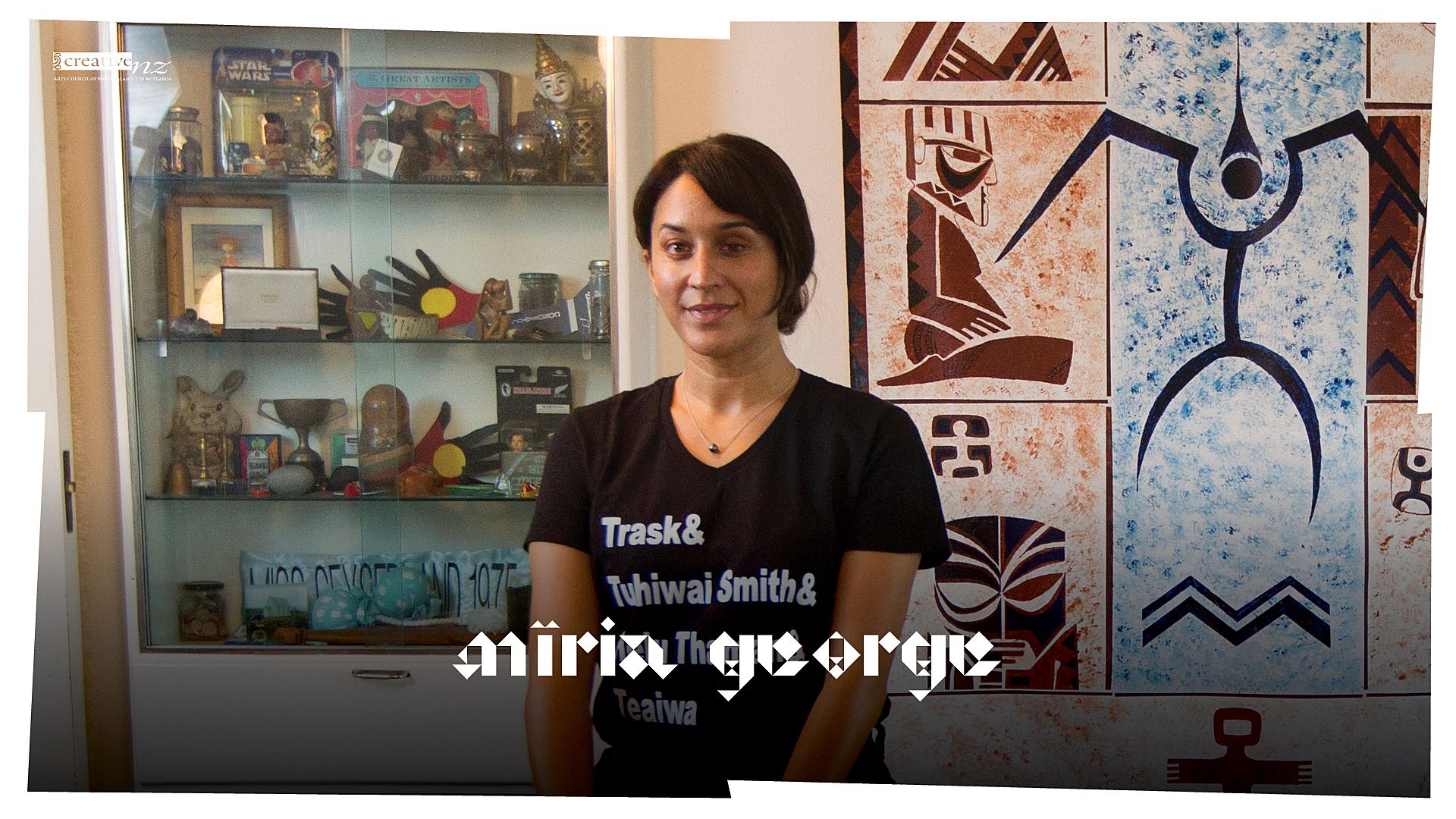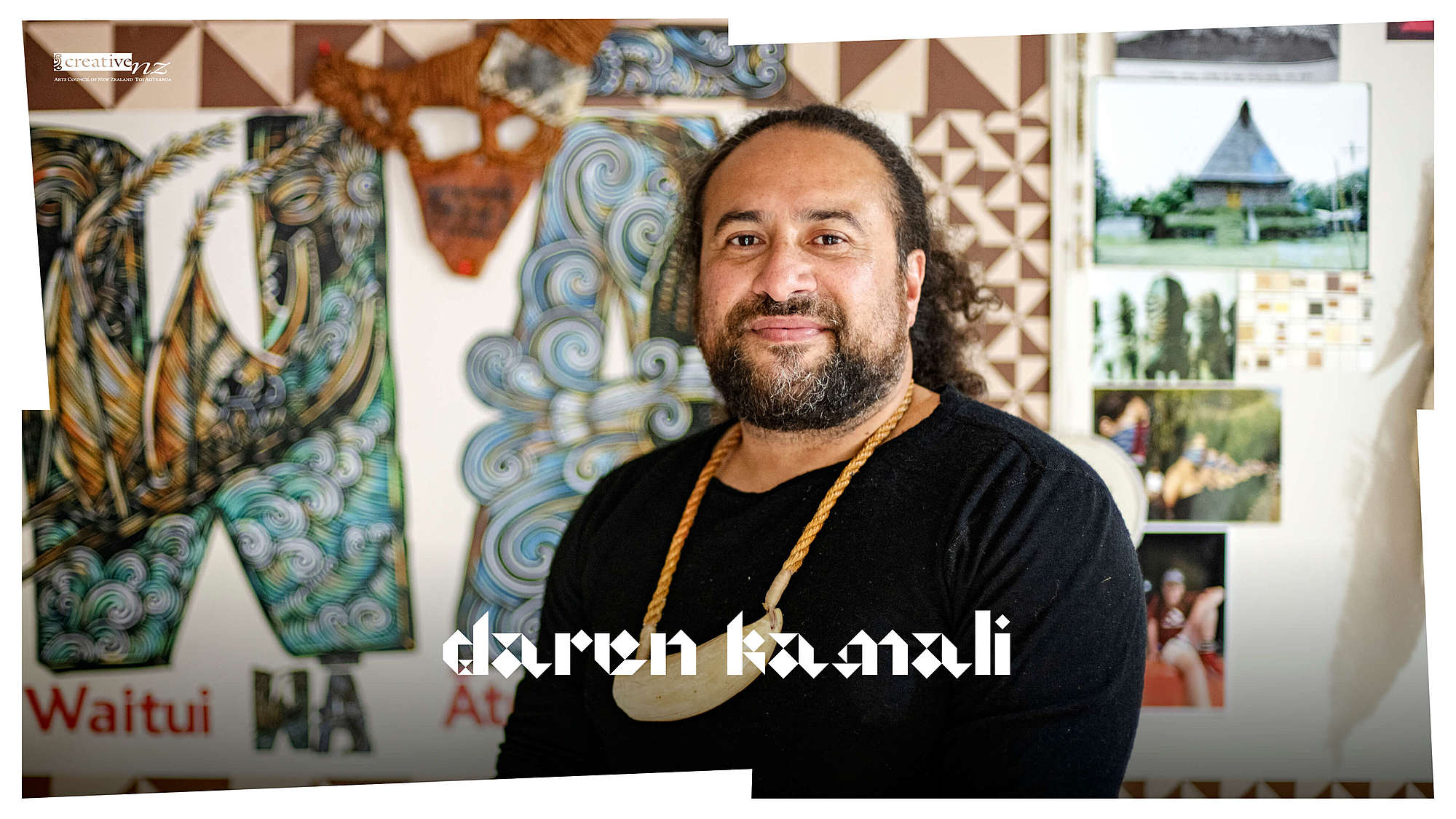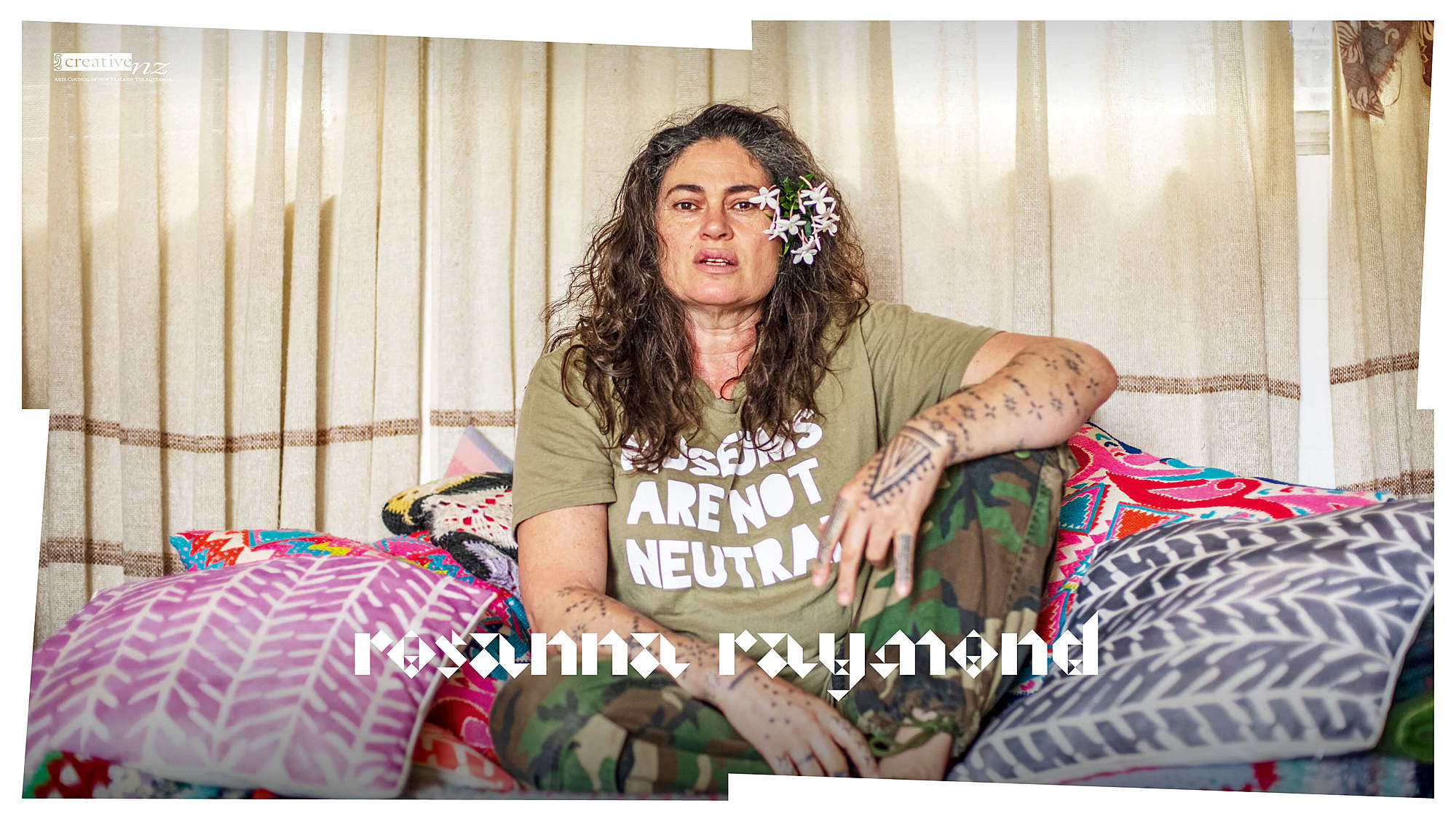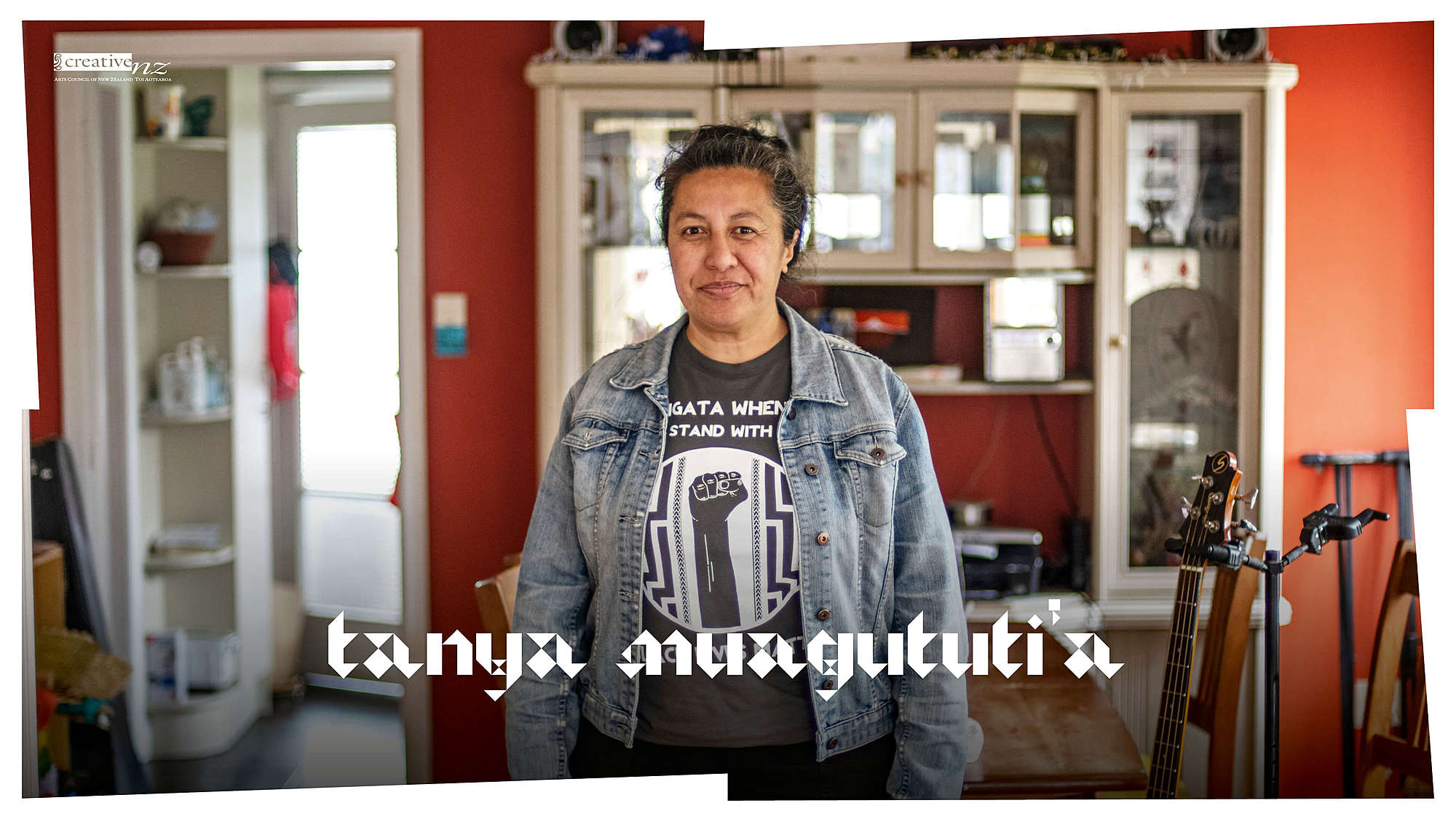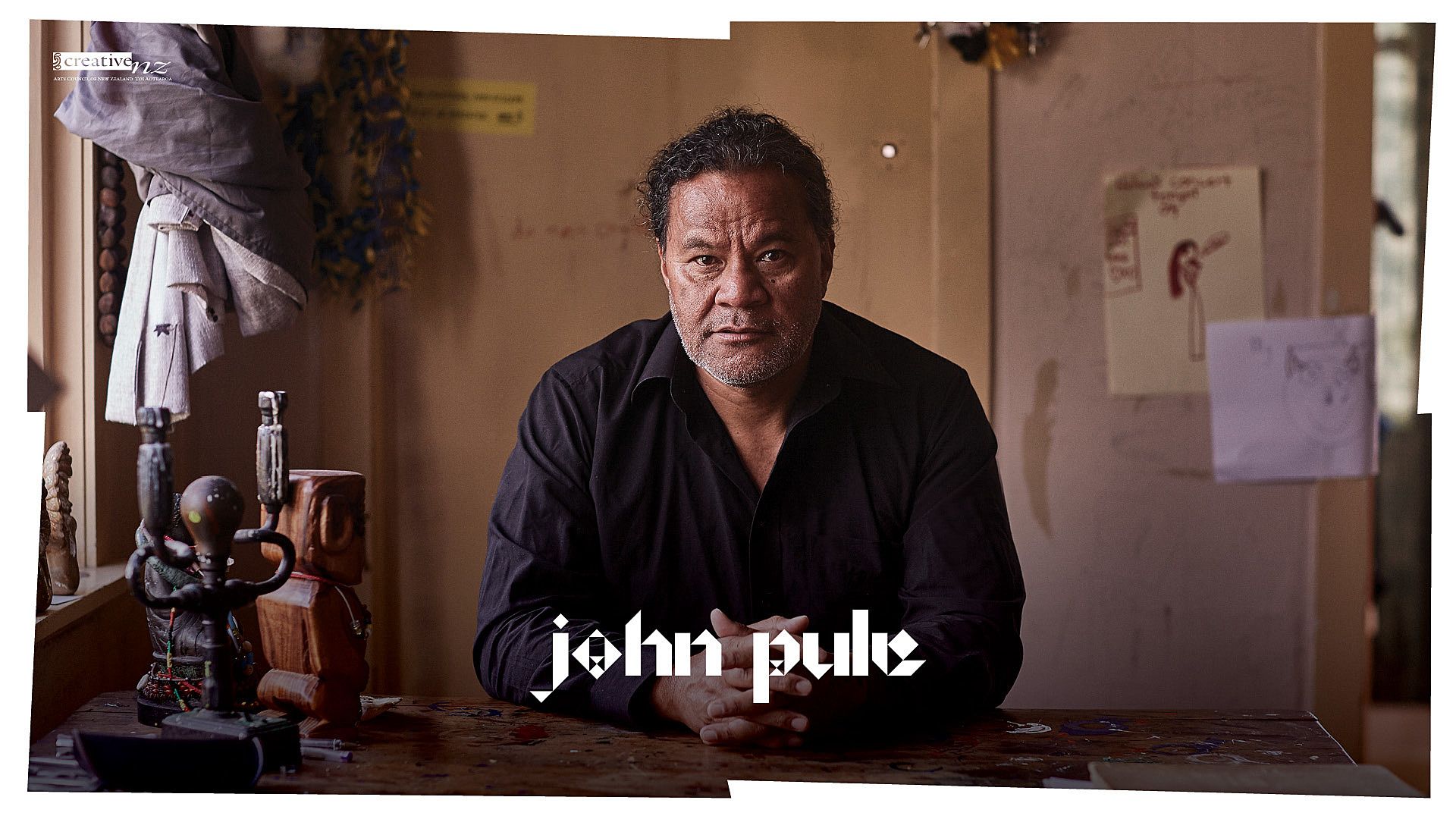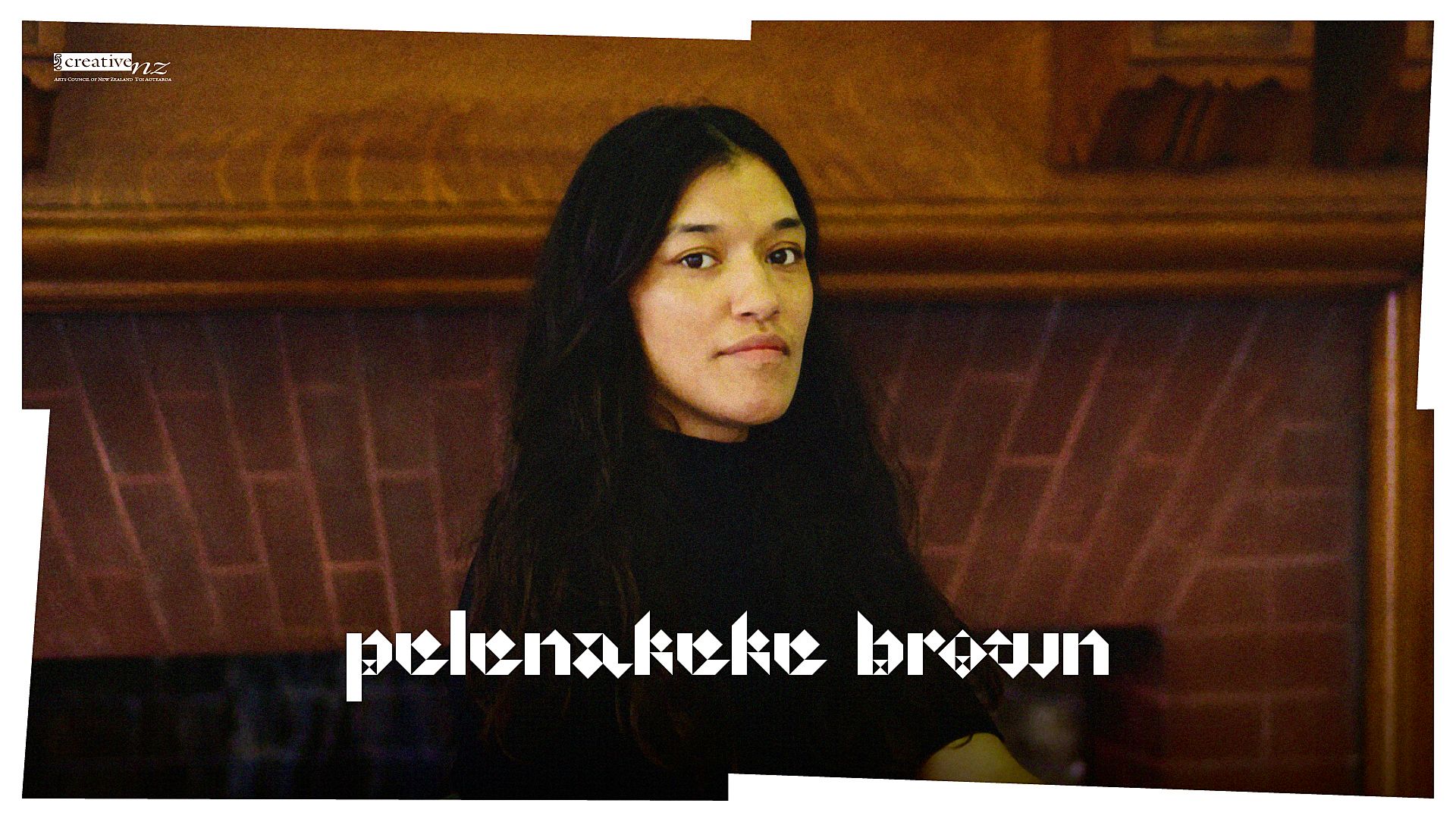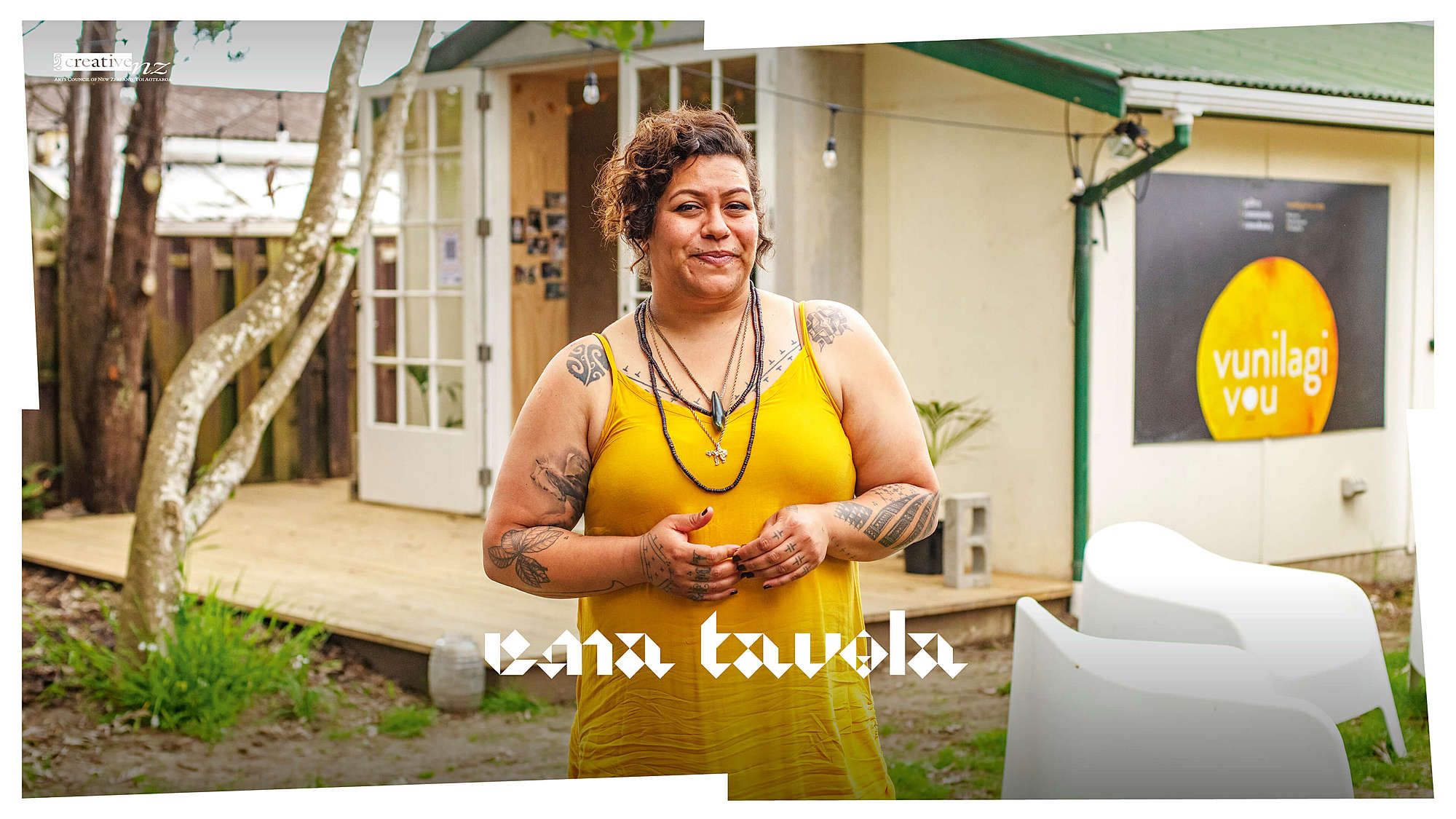Everything in: Pacific Arts Legacy Project
“Let the world know what it took.” Rita Seumanutafa and her father Seumanutafa Falema‘a Seumanutafa share the legacy of their music.
For musician Tali Enjalas Jenkinson, aka Vallé, pursuing and treasuring his Papua New Guinean identity has been vital in shaping the way he creates music.
For master artist Misa Emma Kesha, weaving feeds our mental, physical and spiritual wellbeing. With the help of her family, Misa Emma remembers her journey, all centred on the art of sharing and teaching.
Kaetaeta Watson hopes to inspire others to learn and carry on the I-Kiribati culture she learned from her grandmother and aunties, and growing up in the village.
Toku kāiga, he kānava, he fau e hē uia. My community, my heritage, a gift that is forever treasured.
How do you keep your language, culture and values alive in a new place? Atafu Tokelau Community Group members share their journey of buying land, laying roots and building community.
Artist and curator Etanah Falagā Talapā writes about moving from the edge to stand here with more conviction.
What is driving the creativity of today’s young artists? Painter Ercan Cairns writes on creating his own songs, not doing what is expected of him and having something to say.
Molima Molly Pihigia shares her insight as a founding member of Falepipi he Mafola: the award-winning Niuean handicraft group bringing together a community of older persons.
Born to a lineage of ancestral punake pedigree, Mele Suipi Fakatava Lātū shares her journey embracing her familial legacy with conviction, great passion and commitment.
For artist Joana Monolagi the vanua was the classroom, and her cultural protocols and practices were her subjects. Reflecting on her practice, Joana reminds us why everything in it ties back to the vanua.
From arriving in New Zealand with no money, to being honoured for her service to Kiribati culture and community in Aotearoa, for Louisa Humphry being armed with te rabakau ensures I-Kiribati knowledge and practice can be carried into generations to come.
Pacific art stalwart Marilyn Kohlhase, or the ‘art lady’ as some people called her, shares the legacy of Okaioceanikart and Okai@Reef Gallery, “the first pan-Pacific art gallery in the world.”
Artist Michel Tuffery reflects on his legacy of asking questions, from where he sits now – on the other side.
South Sea Island artist Jasmine Togo-Brisby reflects on growing up a descendant of ‘people-stealing boats’, the vessels that have become artistic material.
From Sāmoa to Southland, Ioane (Johnny) Reuelu Penisula is a renowned master stone carver whose work and life has been dedicating to serving and empowering his aiga. Lyle Penisula writes on the legacy of tūfuga and dad, Johnny Penisula.
How did being dressed as a good Sāmoan boy influence critically acclaimed playwright Victor Rodger ONZM to broaden the spectrum of situations and characters presented within the Pasifika canon?
Lawyer and writer Gina Cole on endless cycles, and always orbiting back on ourselves like planets weaving and wending through the cosmos.
“Make art and don’t worry about what you think other people want,” was the advice photographer Raymond Sagapolutele’s uncle gave him. Sagapolutele reflects on that mantra in the collective work of The Most Dedicated (TMD).
From a shy ten-year-old unable to answer a question about her heritage, to being a part of landmark Pacific representations on stage and screen, actress Stacey Leilua writes about her journey and the things no one sees.
Street Fighter II, ‘Chains’ by DLT featuring Che Fu and The Most Dedicated graffiti collective was the urban reality of artist Benjamin Work, who writes on the many journeys taken over his creative career.
What poet David Eggleton wanted to know was, what was New Zealand culture anyway? Now Poet Laureate, David reflects on his legacy, and writing anti-poetry.
Reach out and reach up to the stars that you fell from, is the message photographer Greg Semu has for all those born of guilt, shame, fear, rejection, denial.
Painting with spider webs and rescuing the art that time buries in obscurity, artist Kulimoe‘anga Stone Maka writes on being exposed to abstract art forms his whole life.
What do you do when you’re a drama graduate with no job? You create your own. Theatre maker Vela Manusaute writes on the Kila Kokonut Krew, chasing the dream and changing the narrative.
Artist, DJ, archivist and activist Tuāfale Tanoaʻi aka Linda T. has dedicated much of her time to recording the communities to which she belongs.
Tanu Gago writes on the legacy of erasure of Pacific Queer communities, the burden of representation and the importance of speaking oneself into existence.
Multidisciplinary artist and curator Leafa Wilson & Olga Krause on a lifelong performance and being destined for obscurity.
For dancer and mark maker Julia Mage‘au Gray, words are an overused way of communicating. Bodies, however, never lie.
Makerita Urale writes on being an artist in an institution, after she became part of the senior leadership team at Creative New Zealand.
Award-winning dancer and founding member of inclusive professional dance company Touch Compass, Lusi Faiva shares her story about the power of reconnection through dance.
New Zealand’s 11th Poet Laureate, Selina Tusitala Marsh, takes pause to reflect on her journey as a “high functioning Pasifika Poet–Scholar”.
Artistic director and co-founder of theatre company The Conch, Nina Nawalowalo, shares the legacy of weaving her own bure.
“This is my reality. Context matters,” fashion designer, artist and performer Lindah Lepou tells us, as she poetically shares the complex oceans she has navigated through her multidisciplinary art career.
You shouldn’t trust a writer to pen their own legacy, says musician, writer, director, producer and artist Jessica Hansell aka Coco Solid, who reflects on the value of stories that don’t add up.
After finding the words of Alice Walker in a library, Karlo Mila found a way of being in the world as a powerful woman of colour. Karlo shares her journey writing poems that carry all that is unspoken.
After plotting to escape Christchurch, Tusiata Avia returned in 1999 to find a new Pacific arts community. Author, poet, Arts Laureate and Member of the New Zealand Order of Merit, Tusiata reflects on her legacy
A talanoa between Tigilau Ness and Kolokesa Uafā Māhina-Tuai on their personal reflections of Creative New Zealand’s Pacific Arts Committee of 2011 to 2014.
Musician Fonoti Pati Umaga shares his journey with disability and how much more our Pacific arts community needs to confront to become truly equitable.
Theatre director Maiava Nathaniel Lees remembers four seminal works that played a part in weaving Pacific theatre into the arts fabric of Aotearoa.
Reminding us of the importance of educators and community, painter, printmaker and educator Dagmar Vaikalafi Dyck remembers the art kainga who raised her.
Curatorial roles are rarely filled by Pasifika arts workers. Ioana Gordon-Smith reflects on being a guinea pig of sorts, building relationships and the legacy of Trojan horses, I mean internships.
What do White Sunday performances, Polyfest and New Zealand’s opera scene have in common? London-based bass baritone Jonathan Lemalu shares insight into why Pacific singers have become such a prominent feature of opera in Aotearoa.
Playwright and co-founder of Tawata Productions Mīria George shares her creative journey as interconnected with other Kuki Aīrani artists finding their turangavaevae in Aotearoa.
Poet, performer and artist Daren Kamali on the inspirations in his work, bringing up a new generation of poets in the South Auckland Poets Collective, and how art can preserve our cultures.
What do you do when art spaces aren’t ready for you? You make your own space. Rosanna Raymond traces the do-it-yourself anarchists, night clubs, warehouse parties and hip hop gigs that gave her a place.
Organiser, producer and playwright Tanya Muagututiʻa shares how she got involved with Pacific Underground, the longest-running Pacific performing-arts organisation.
John Pule shares with us his life before painting, reading words strangely arranged on pages in his family’s state house in Ōtara, and finding poetry in unexpected places.
Multi-disciplinary artist Pelenakeke Brown returns to Aotearoa from New York City and shares her musings with us as a disabled, Sāmoan/Pākehā immigrant who found herself, elsewhere.
Dream of a locally and culturally relevant art gallery, and what does your mind conjure up? Curator Ema Tavola on the magical legacy of Fresh Gallery Ōtara.
We’re thrilled to begin our Pacific Art Legacy series with Maualaivao Albert Wendt, who paved the way for many of us working in the arts today.
